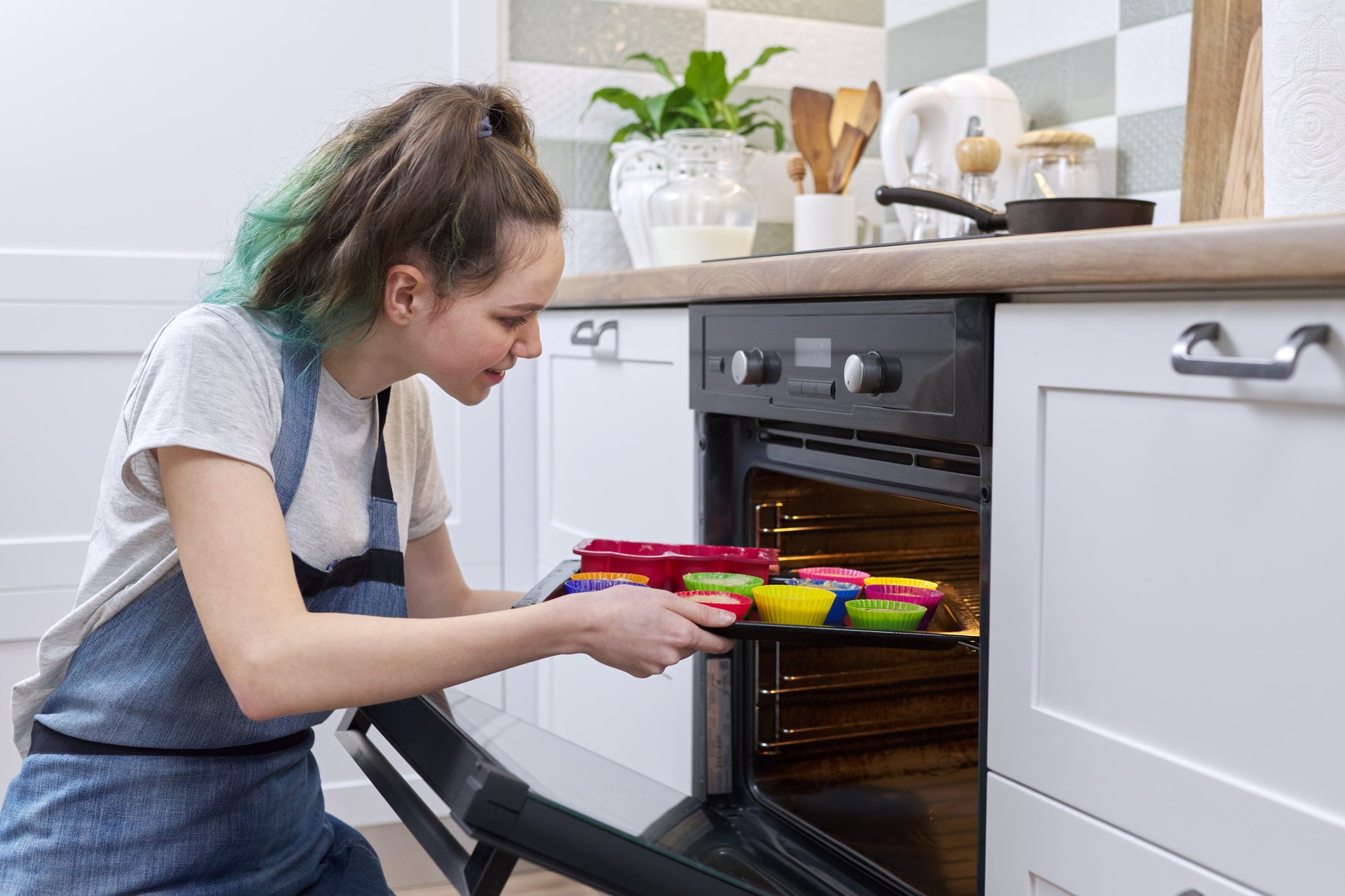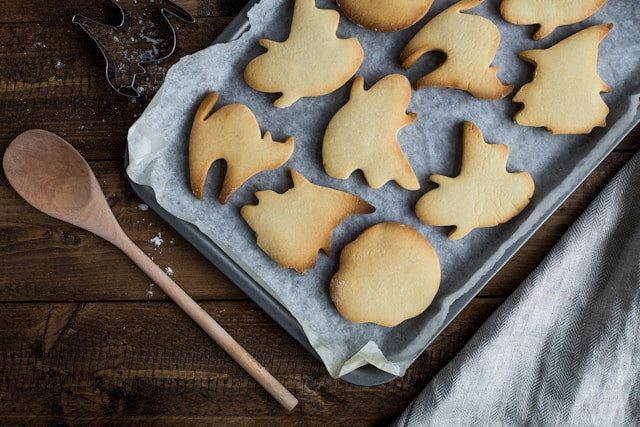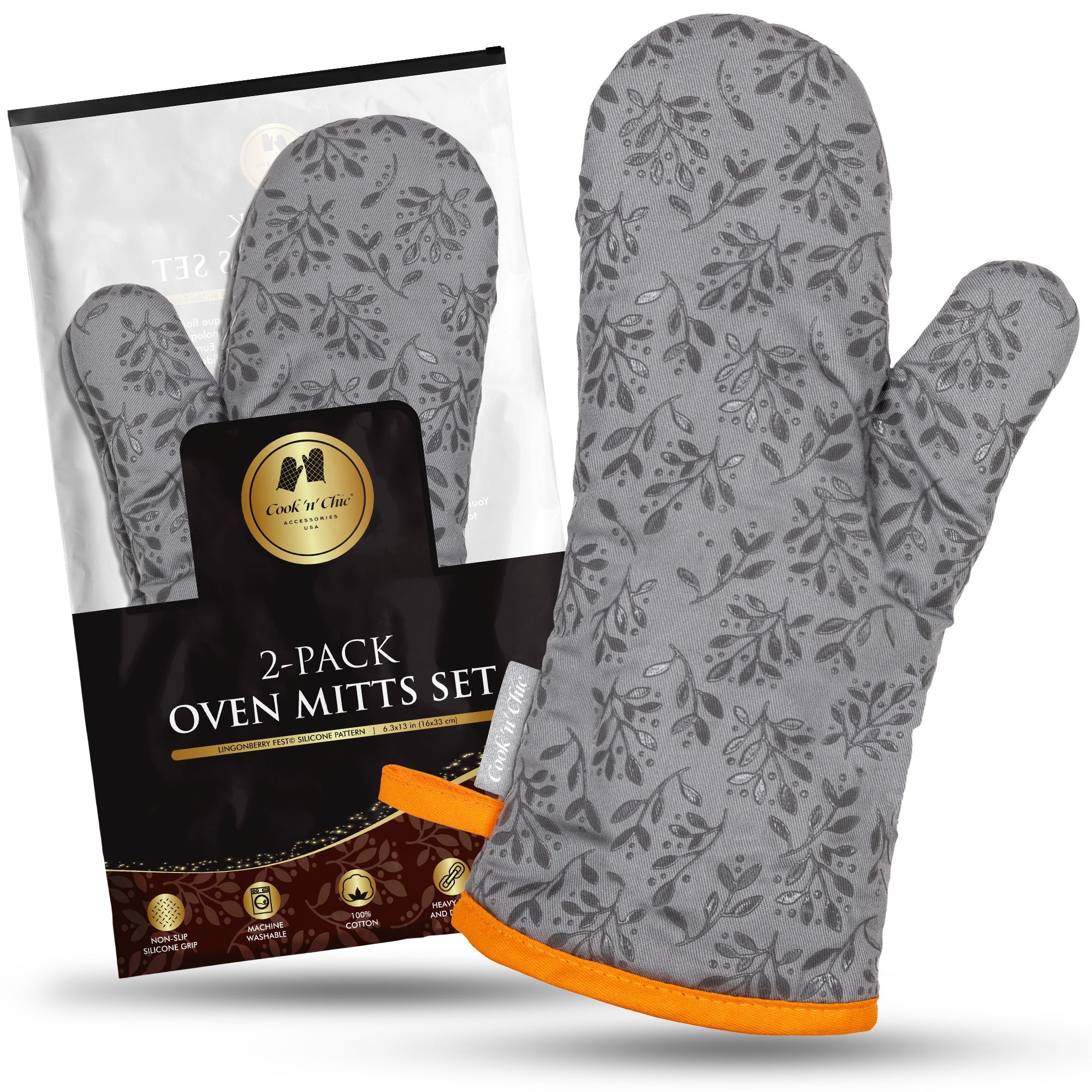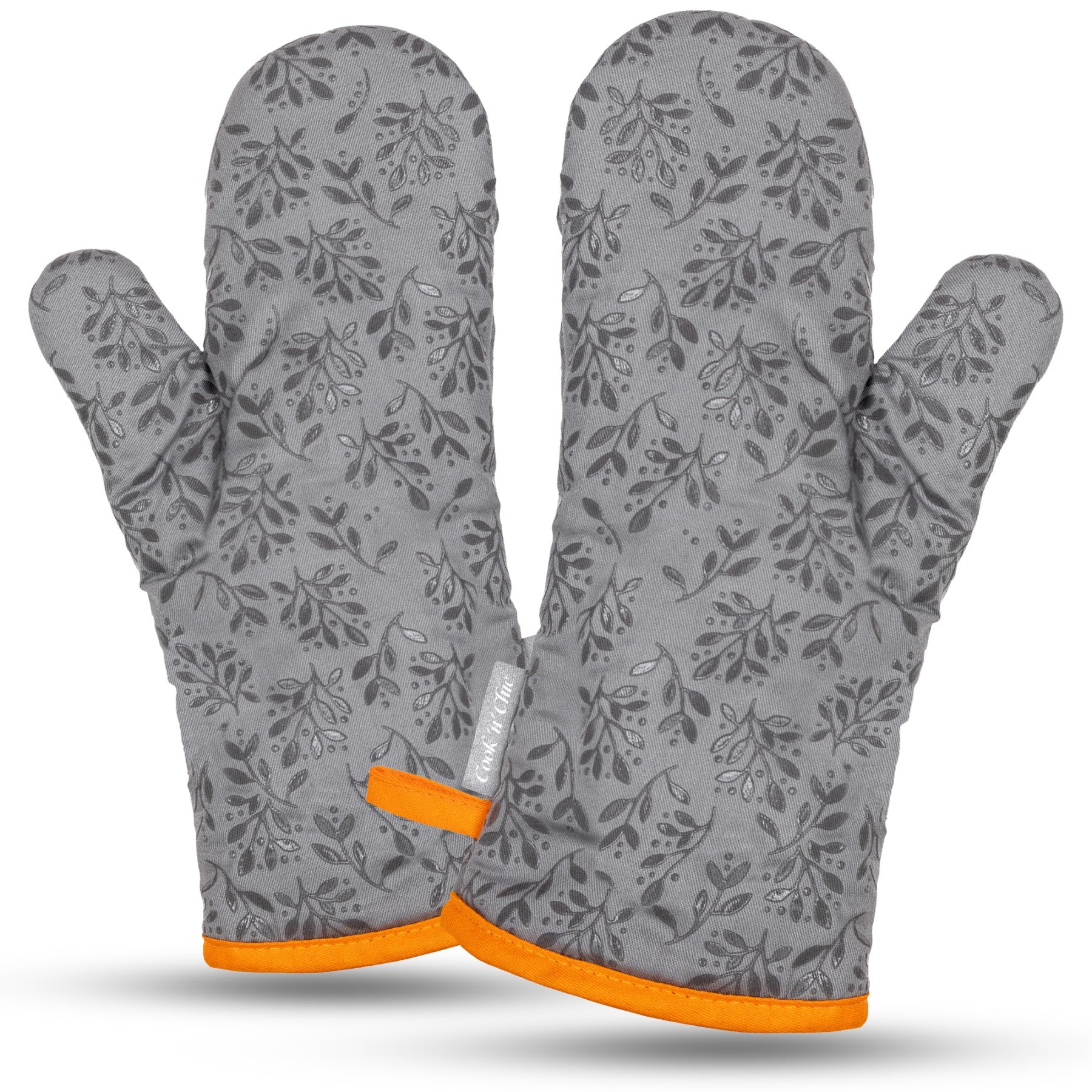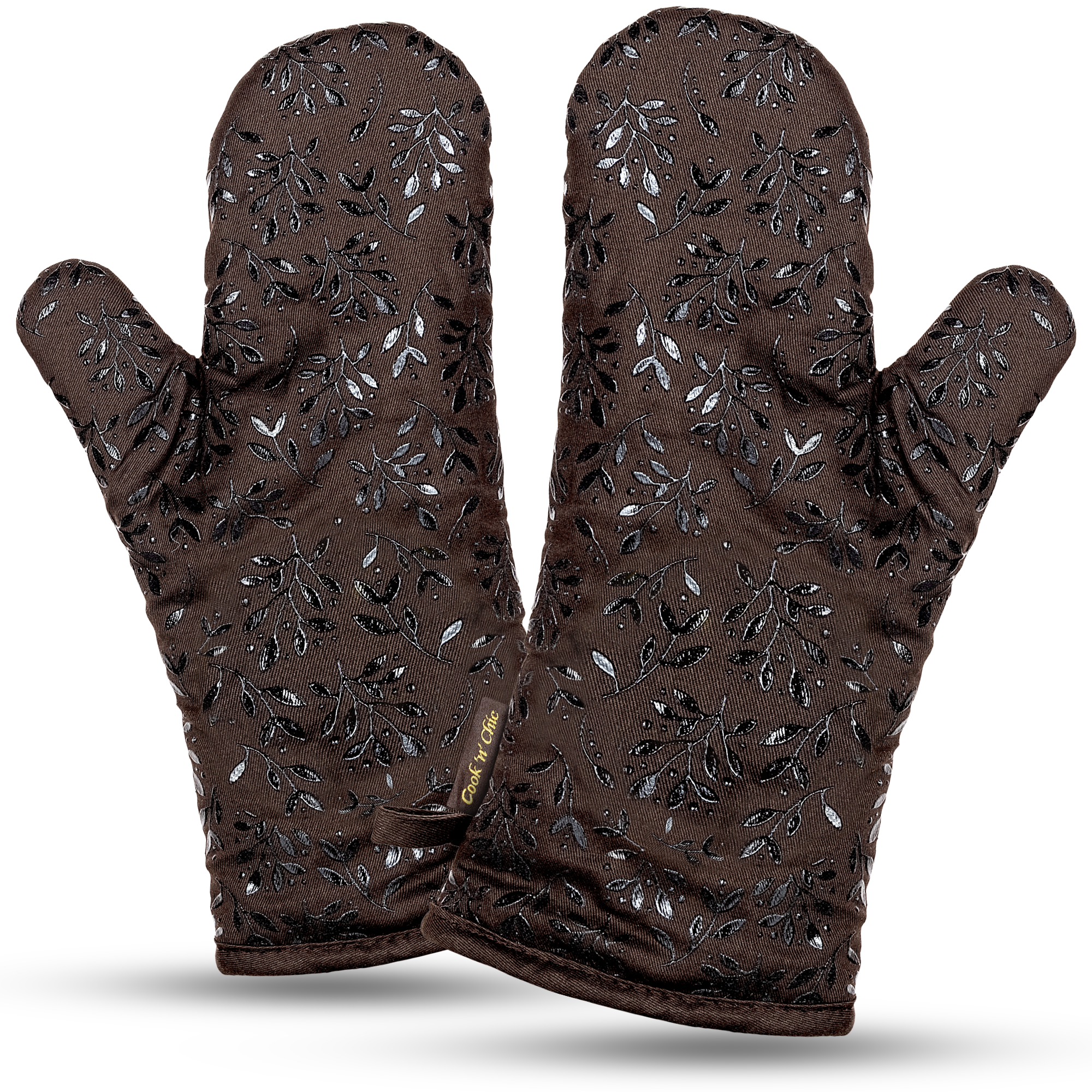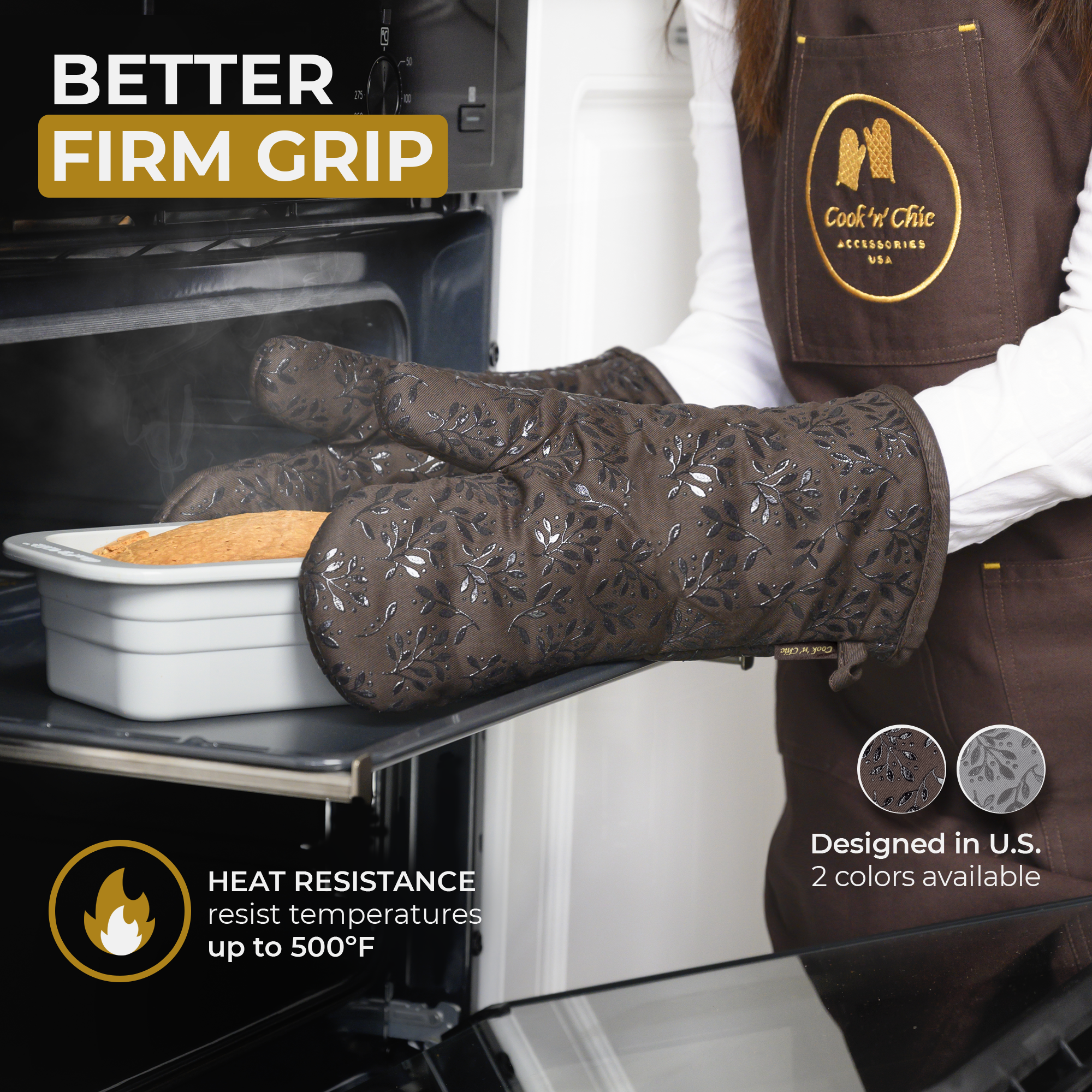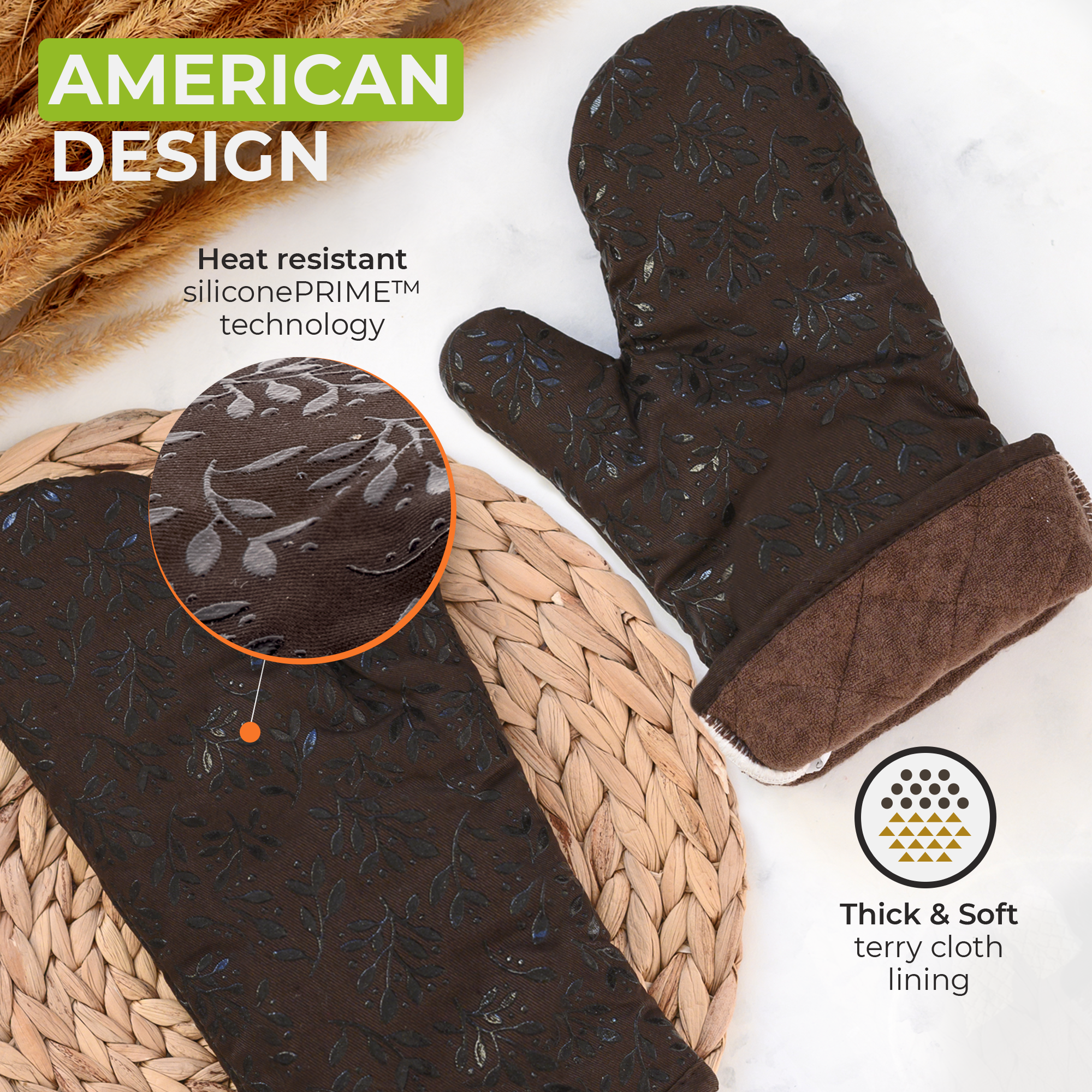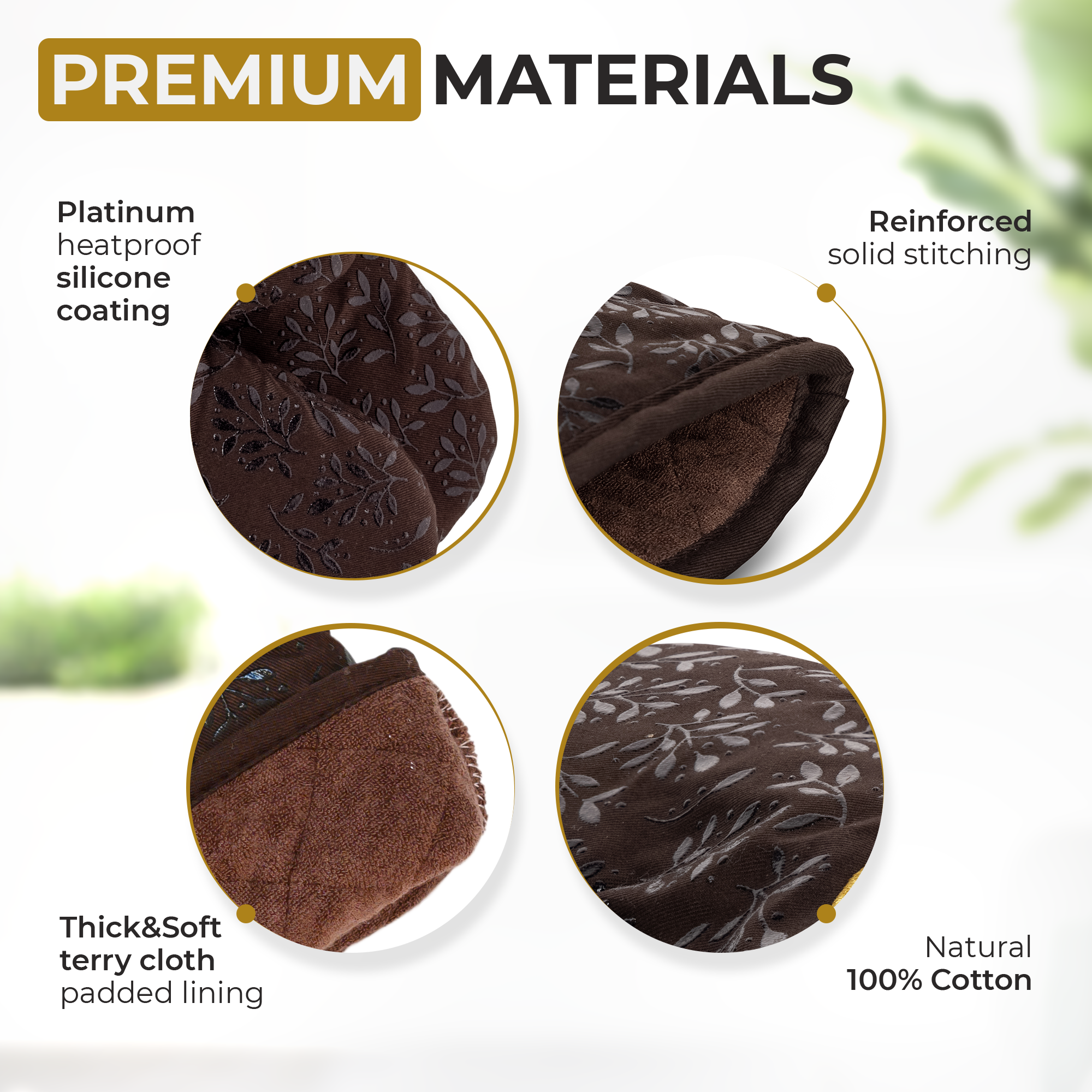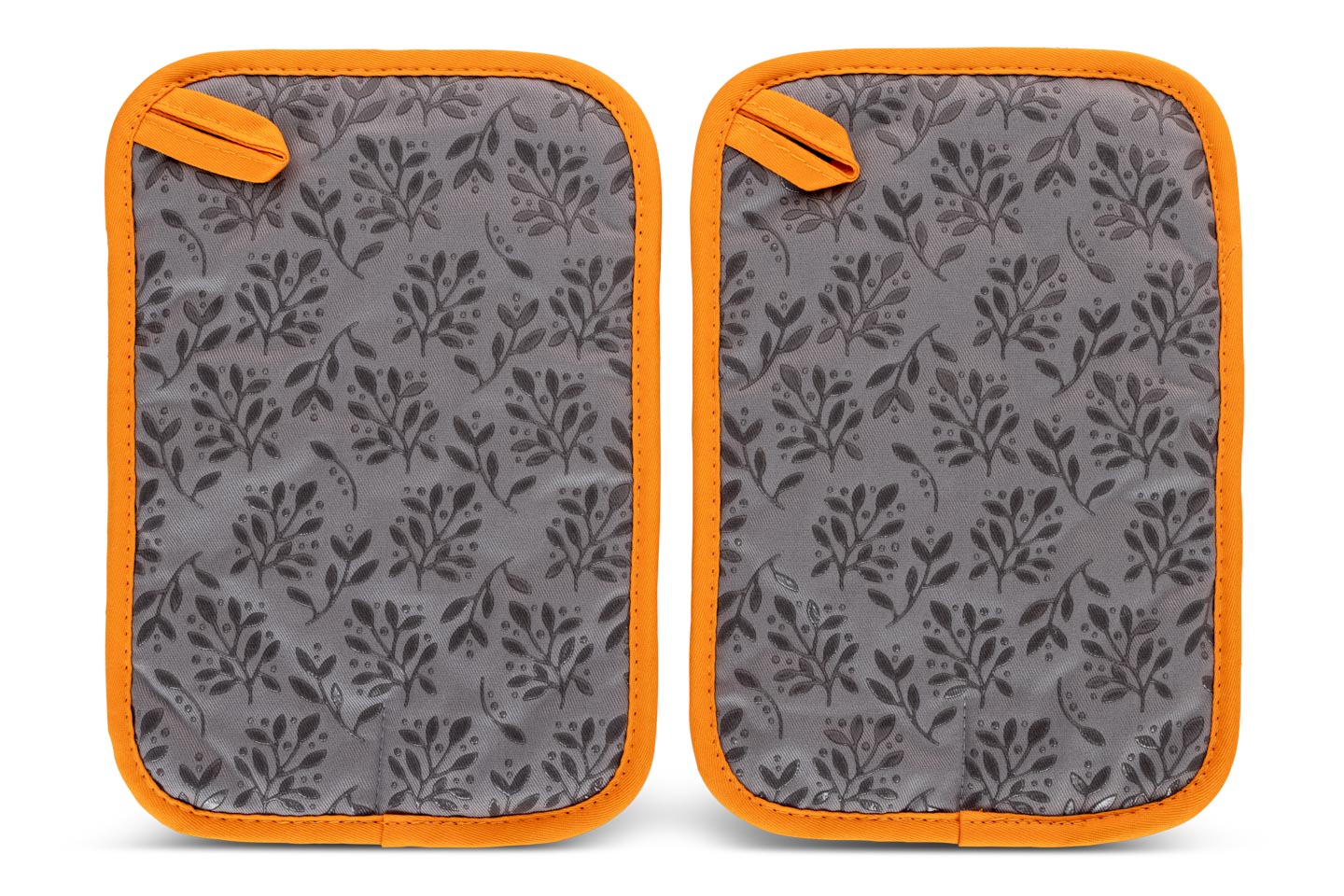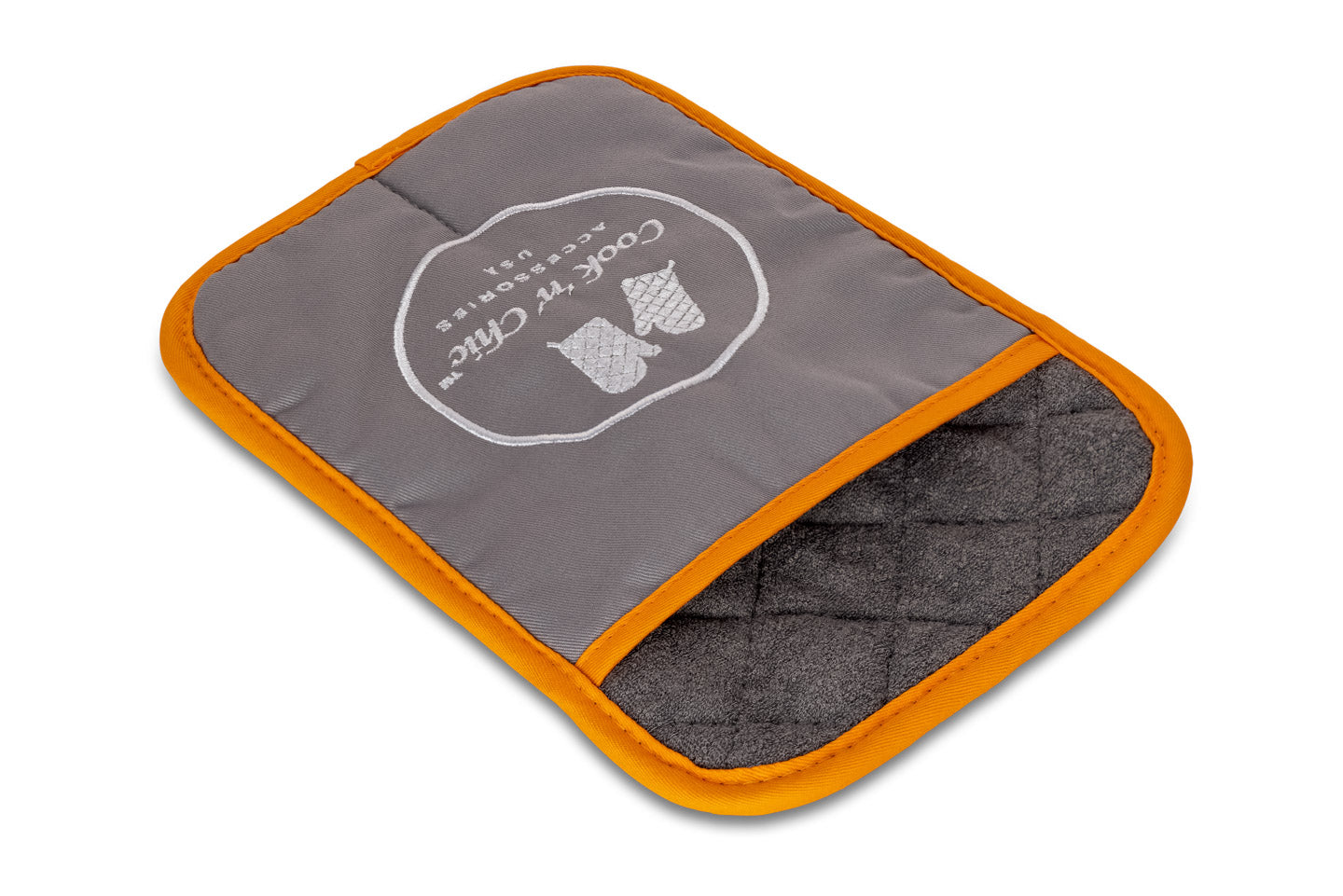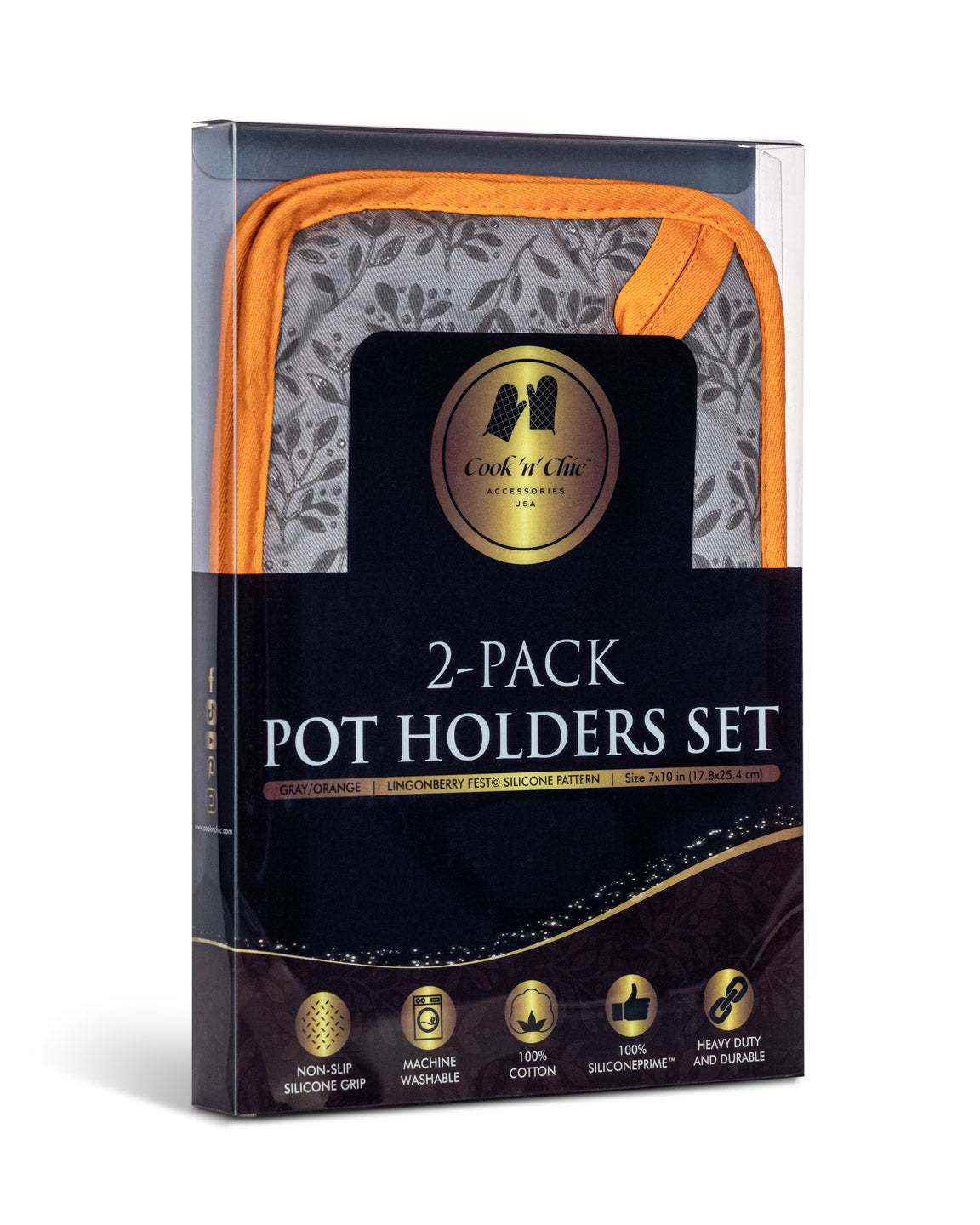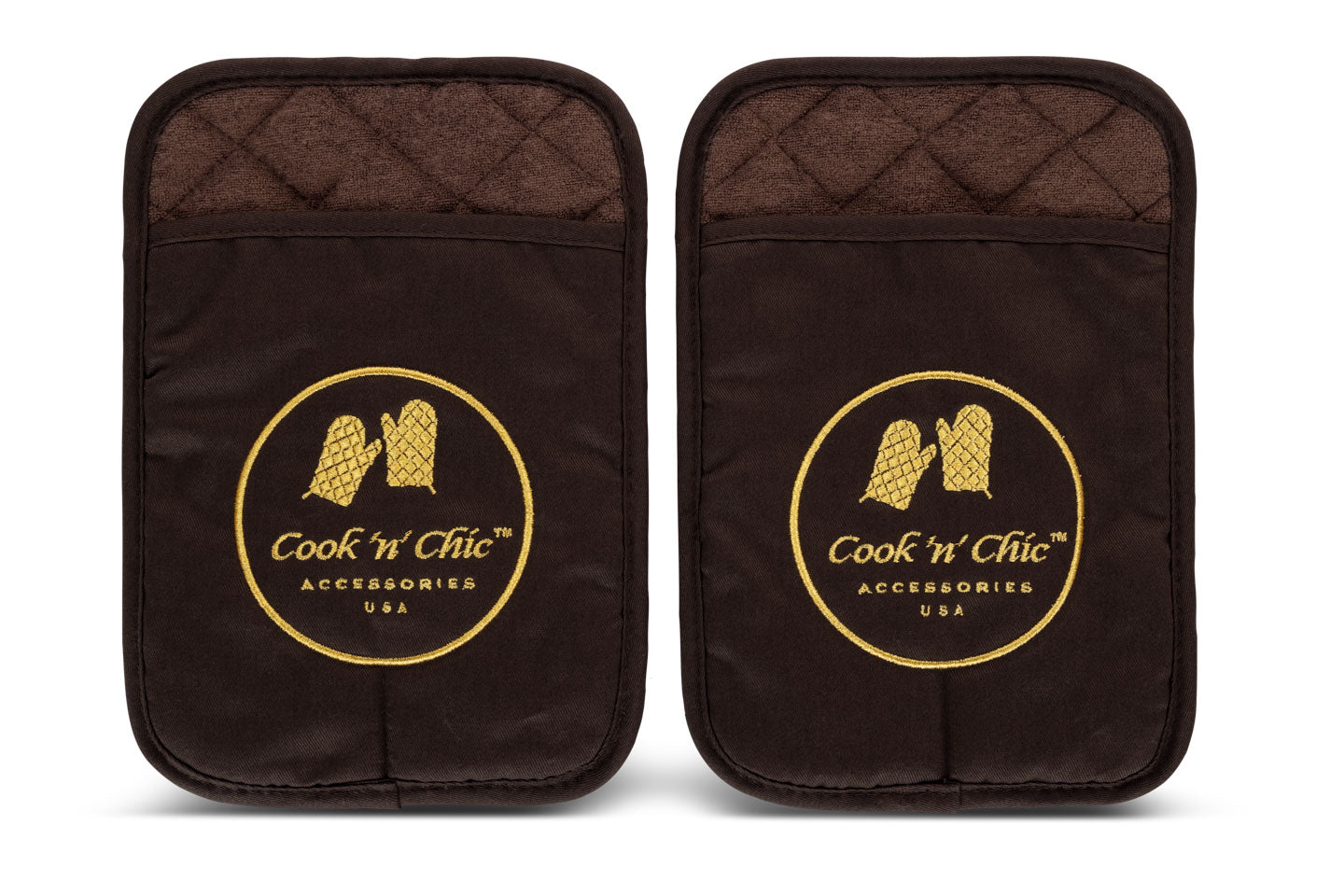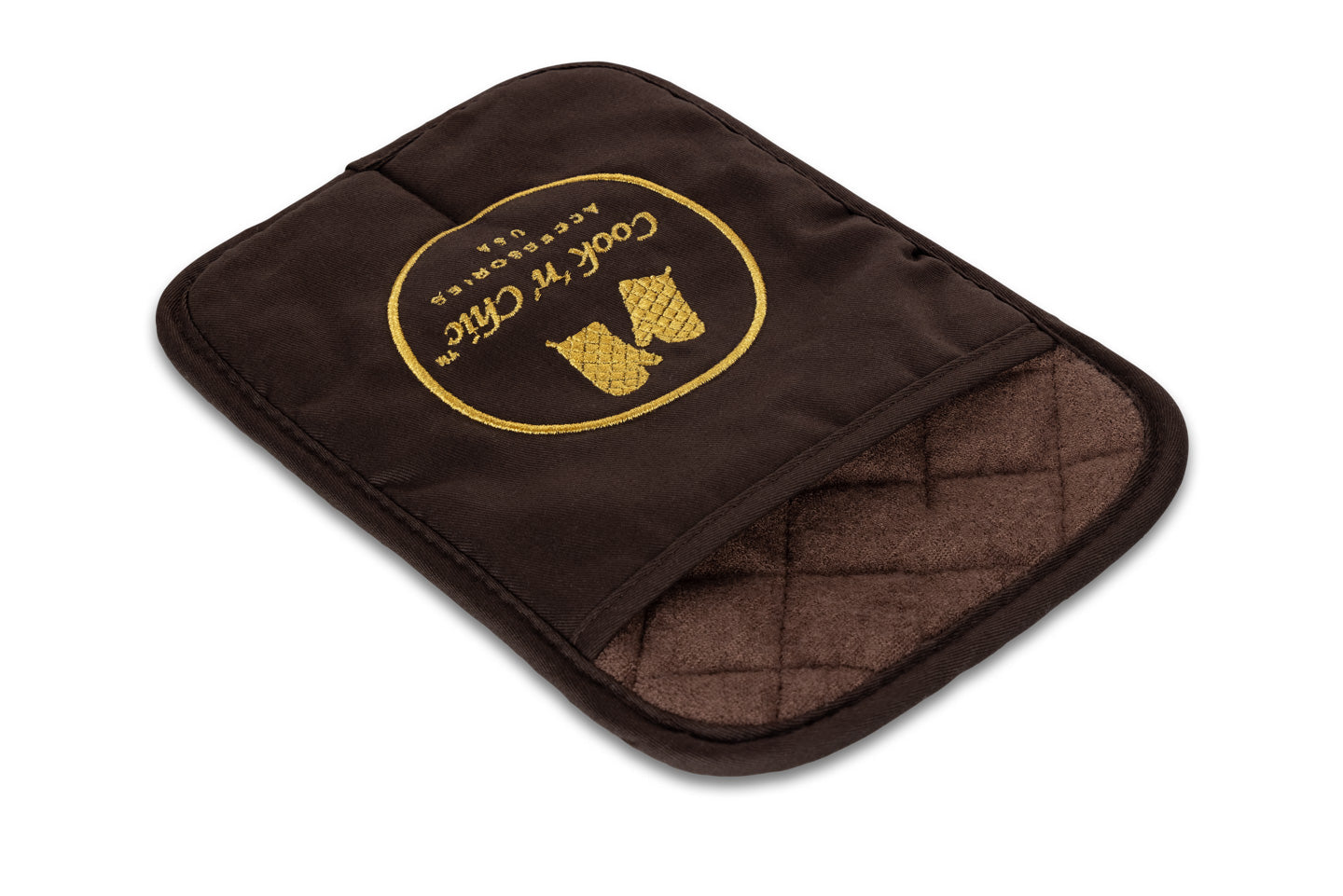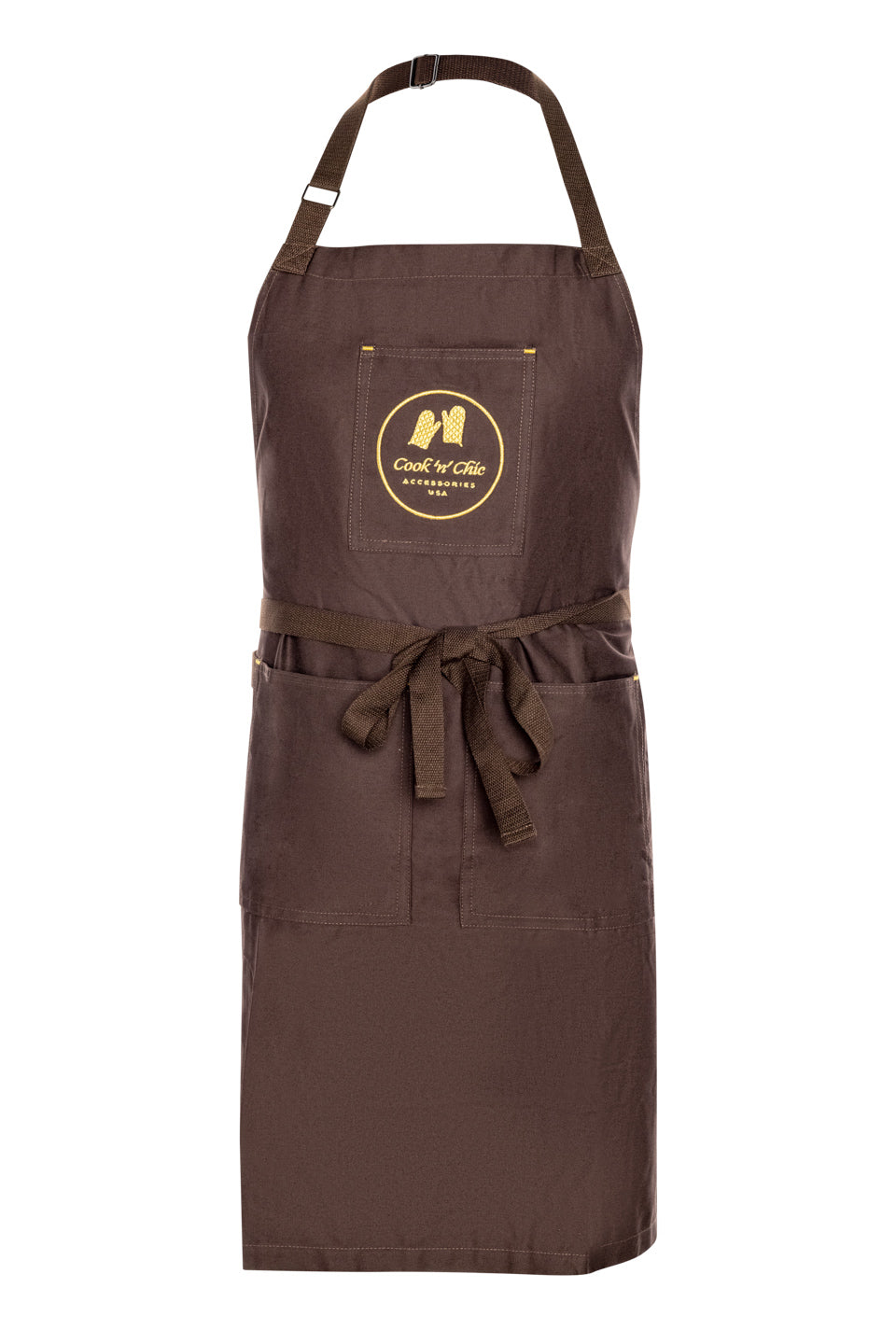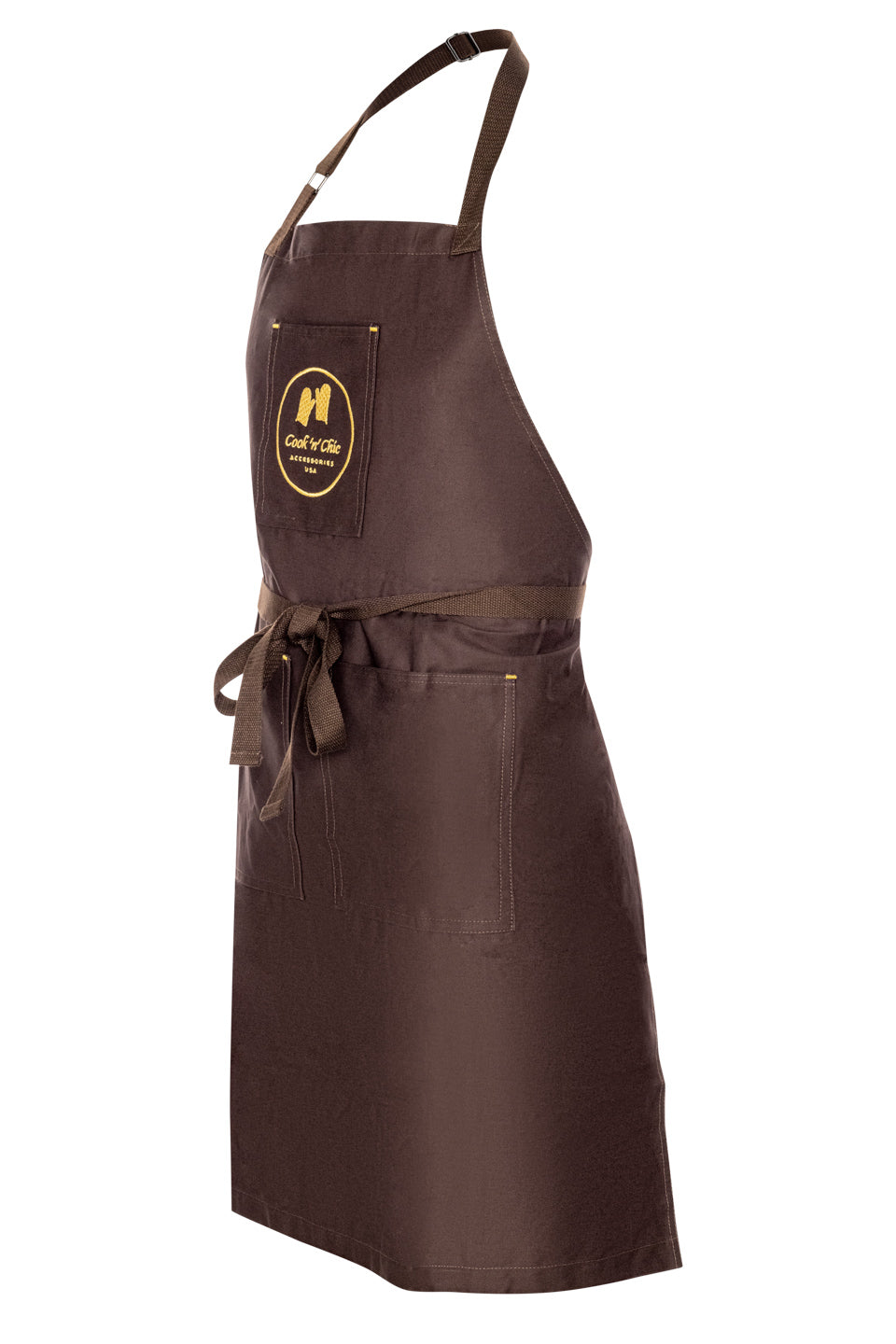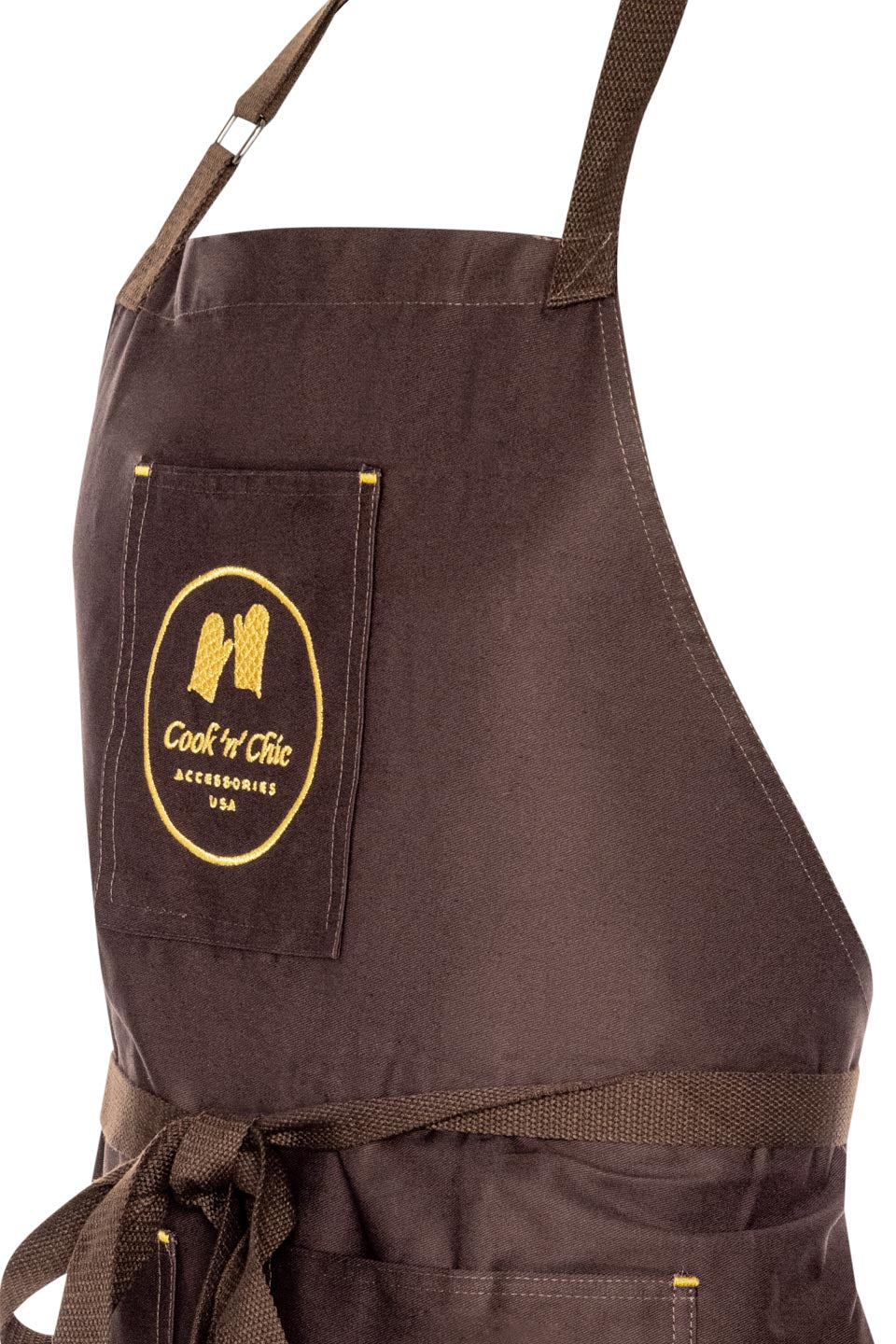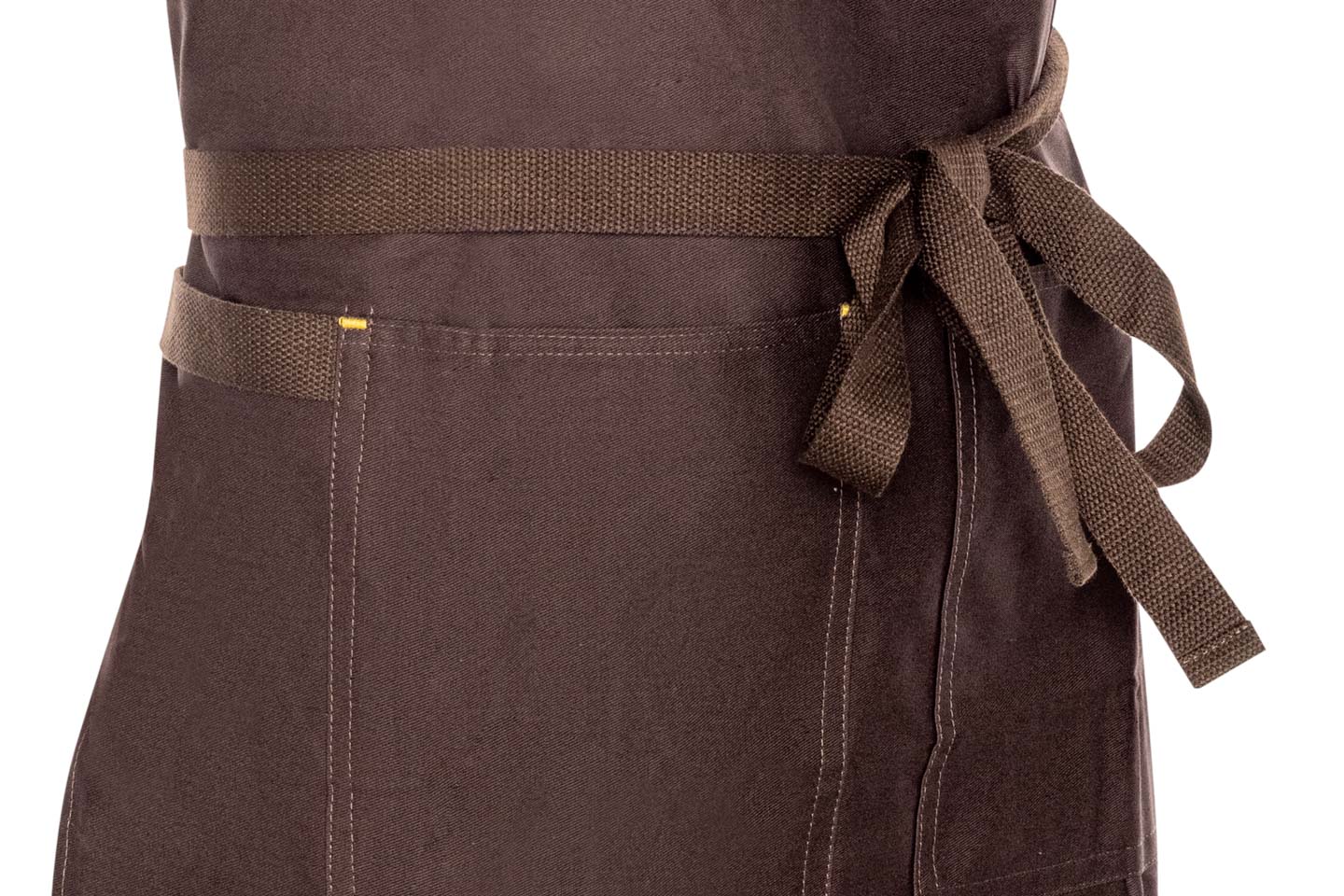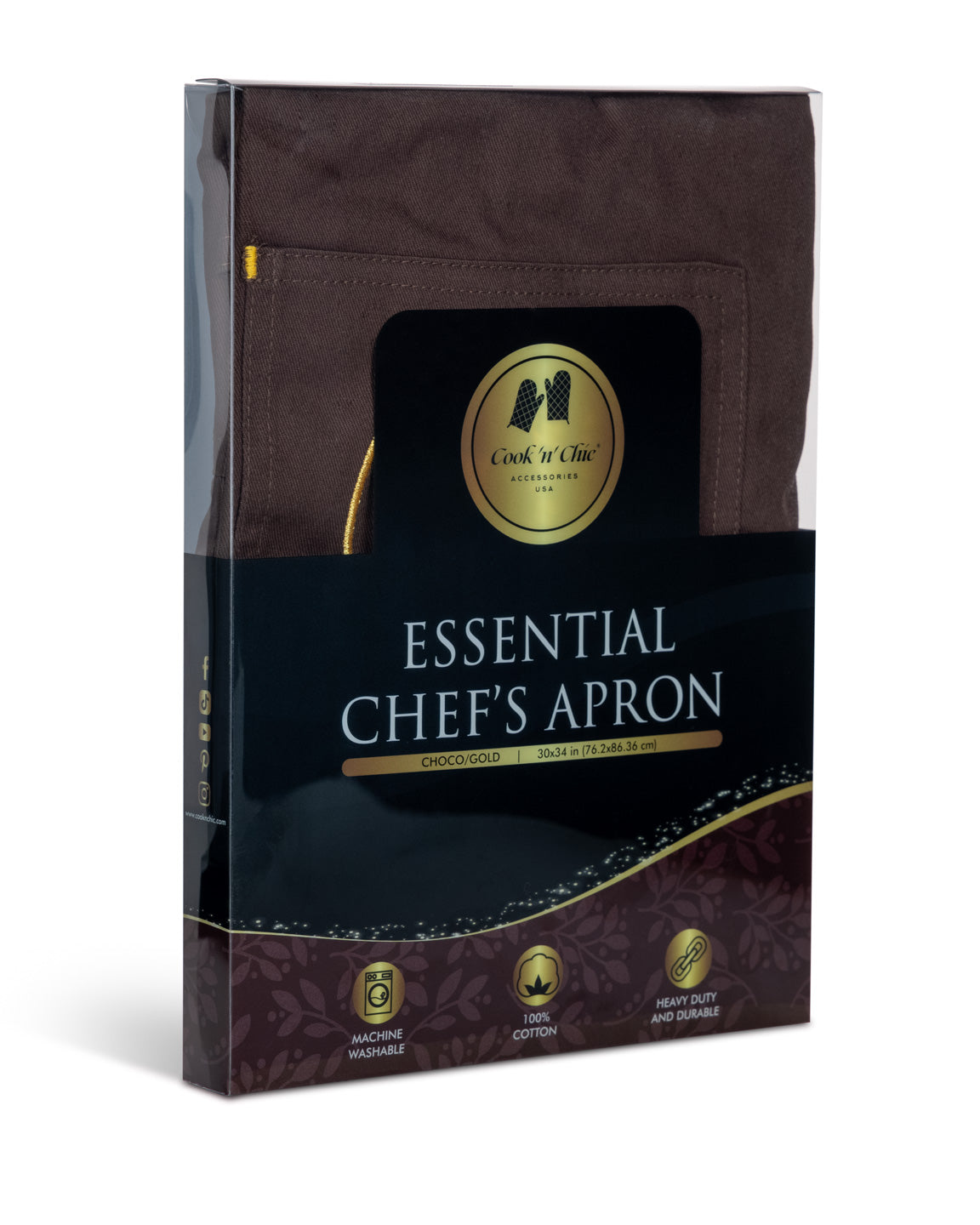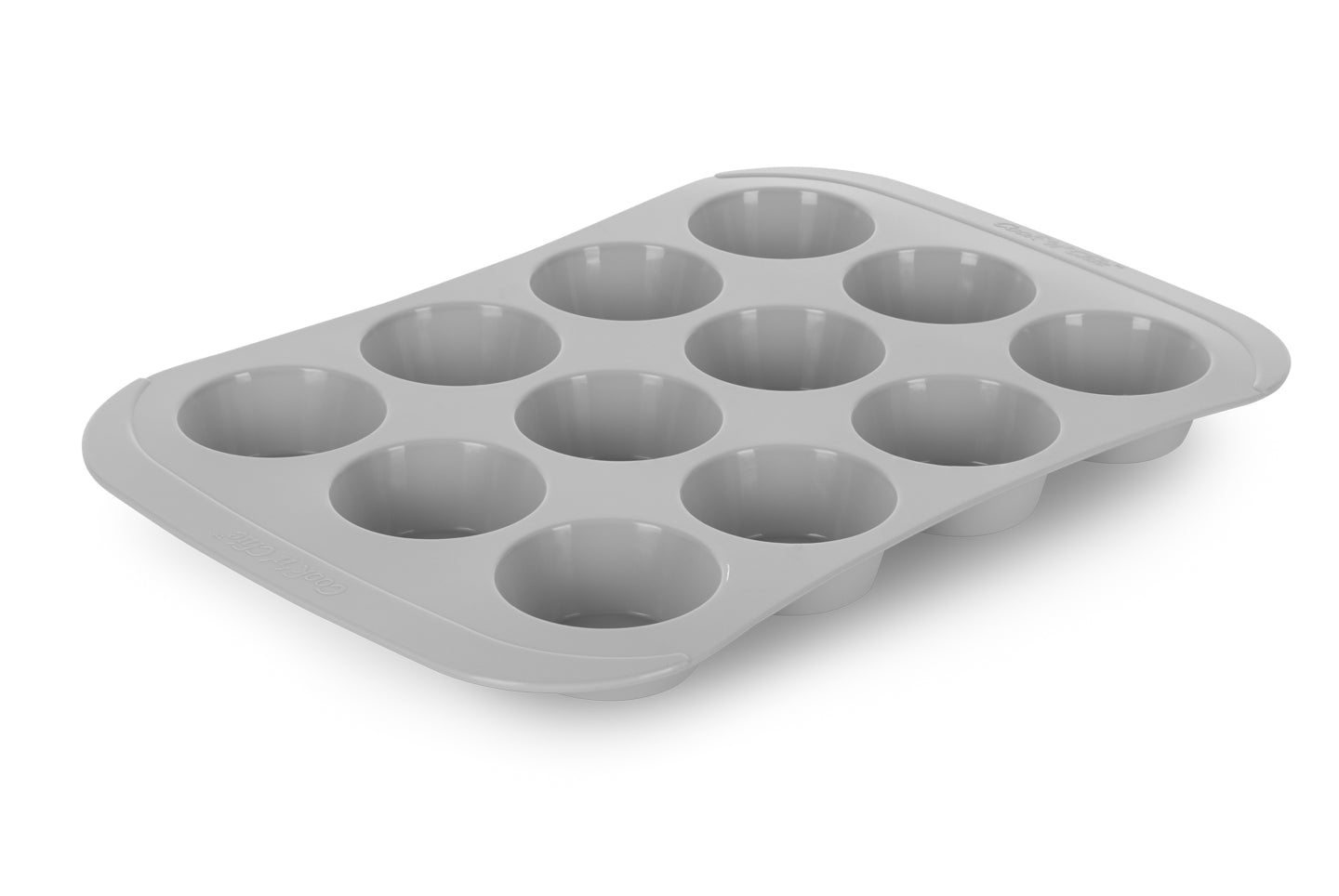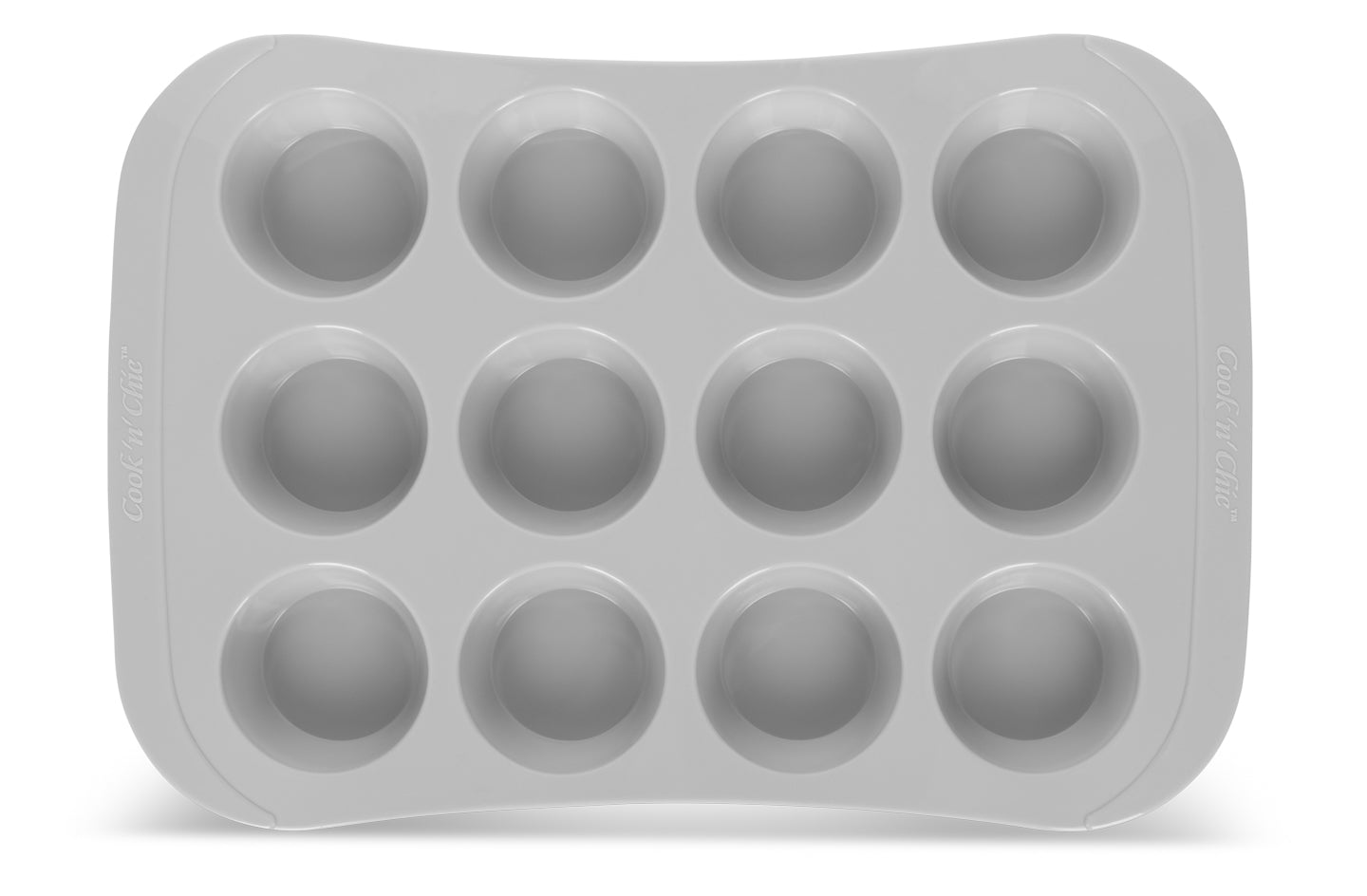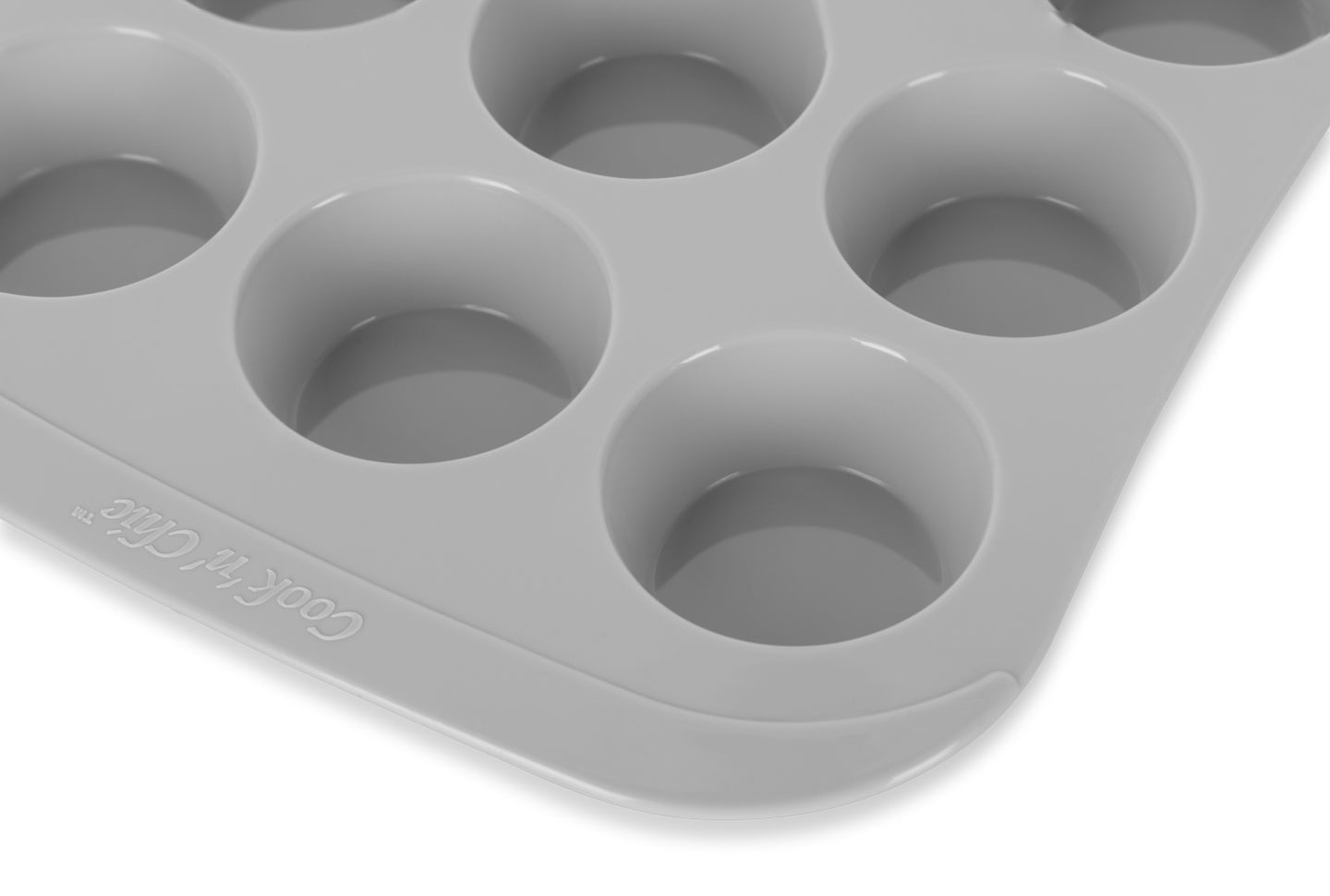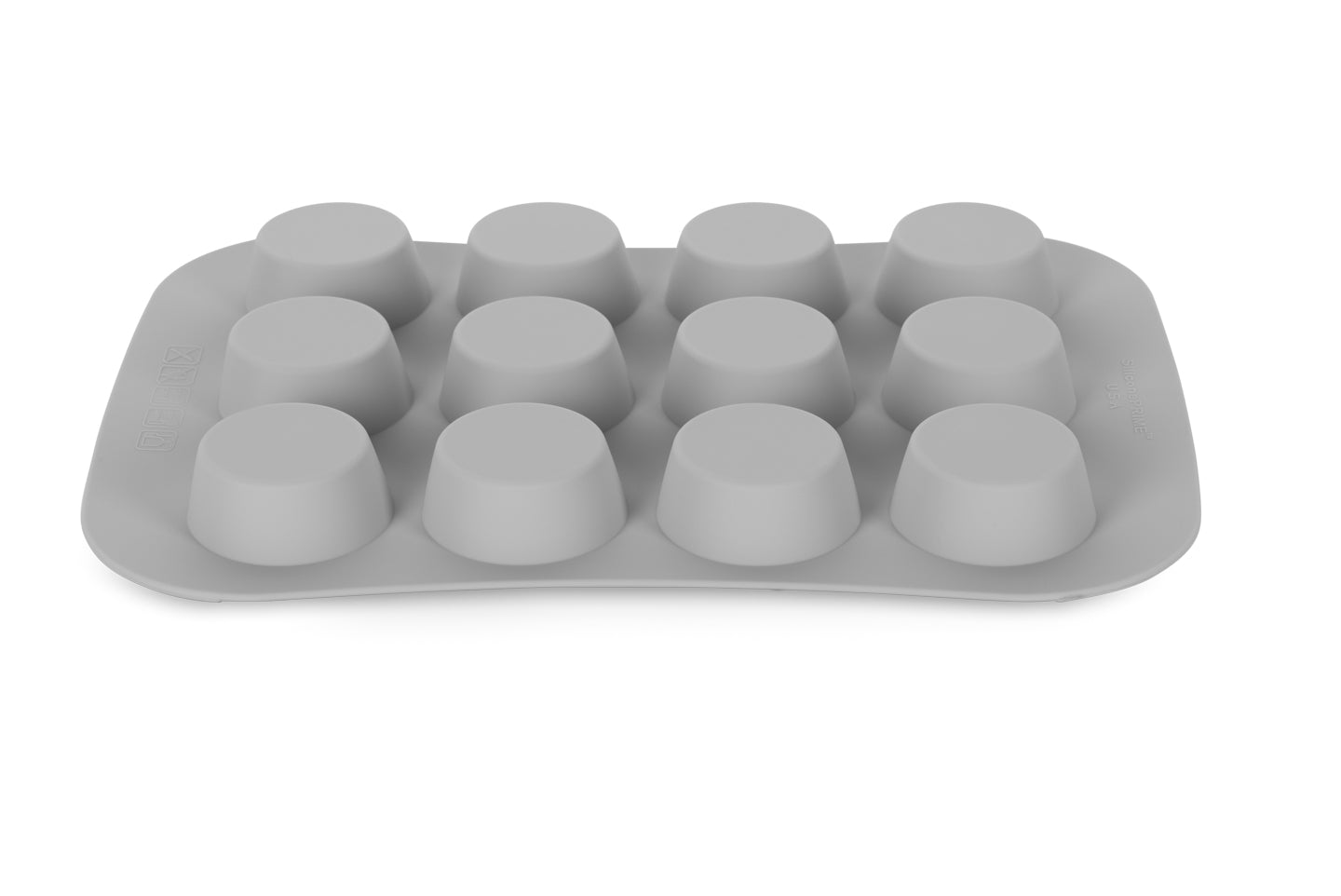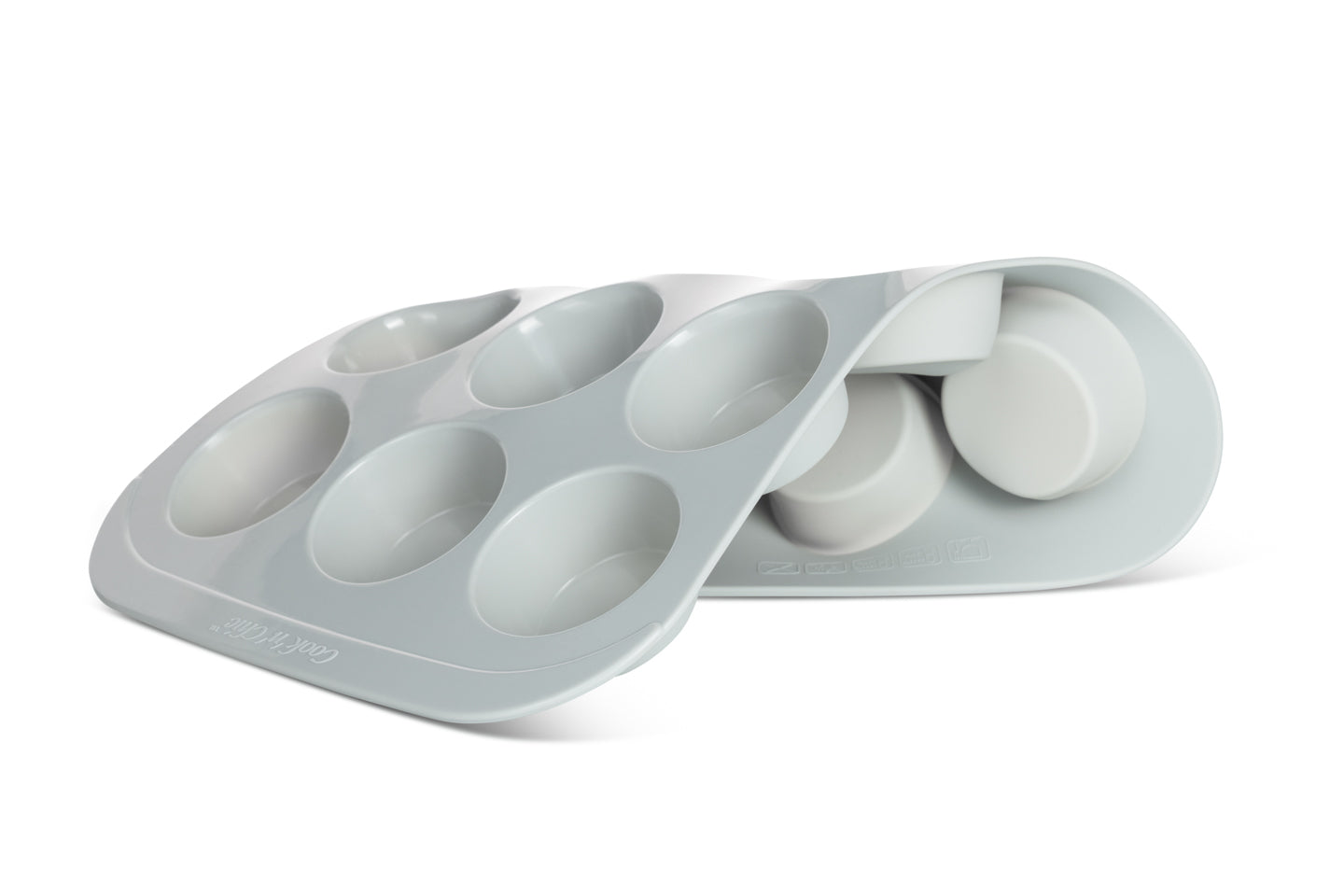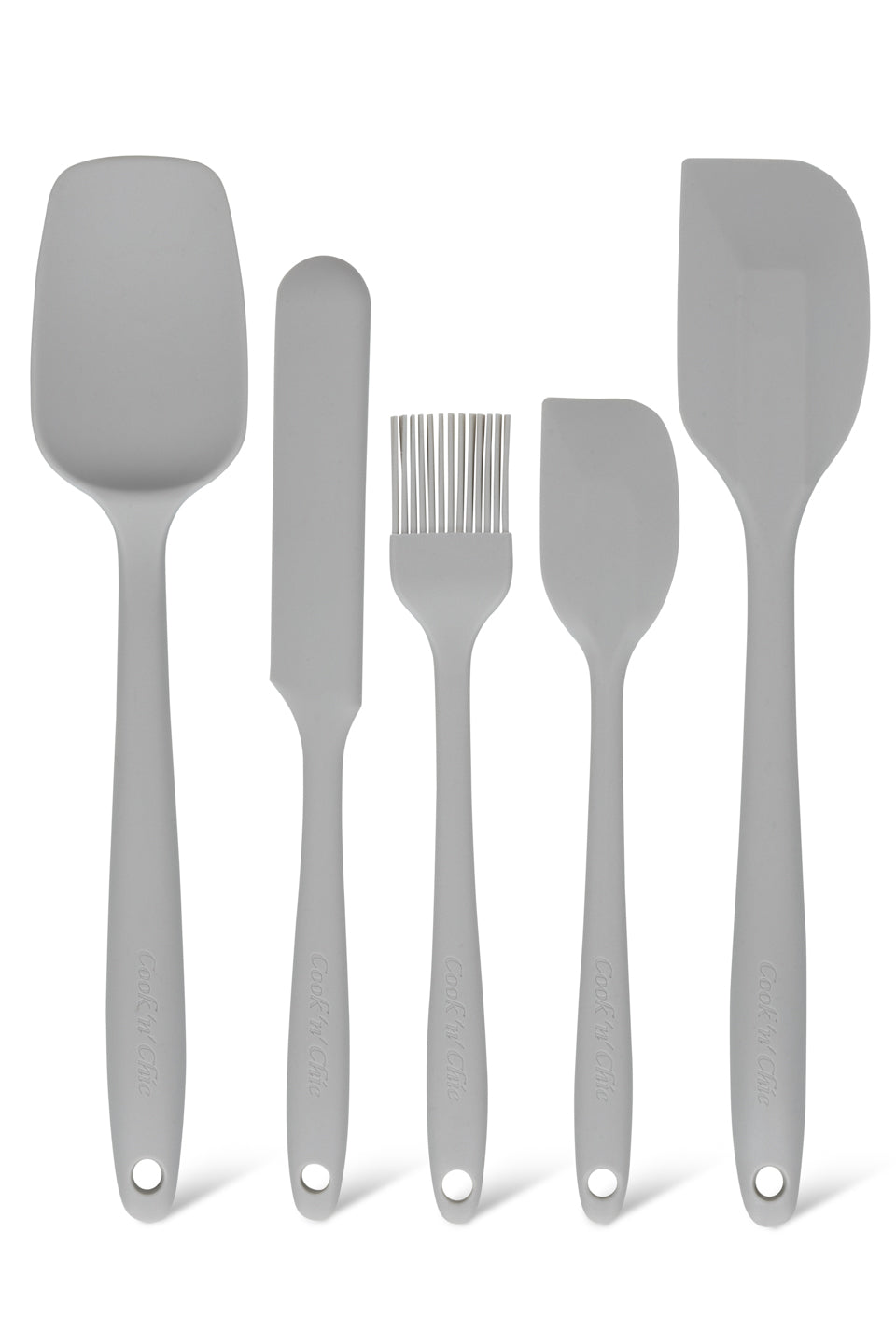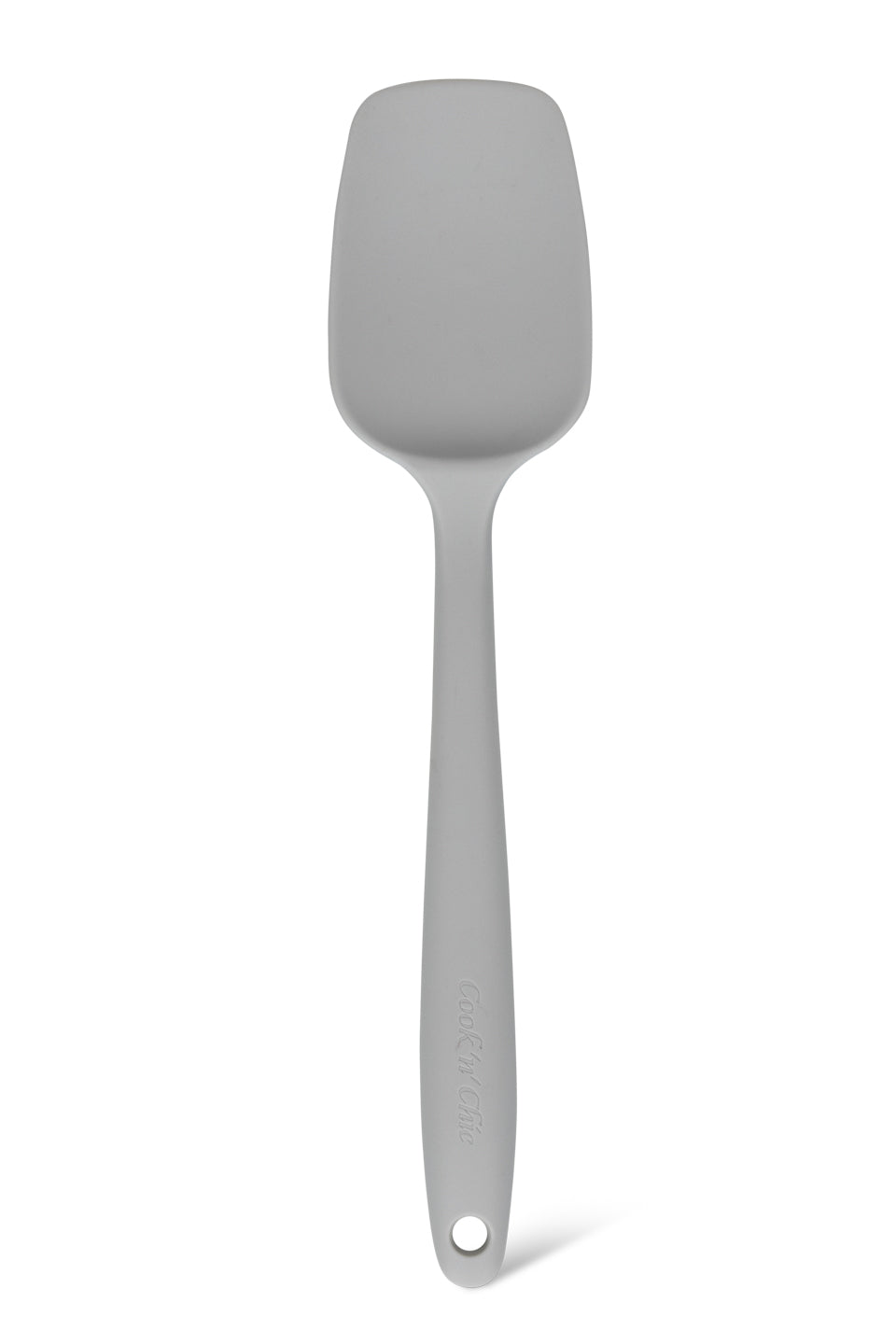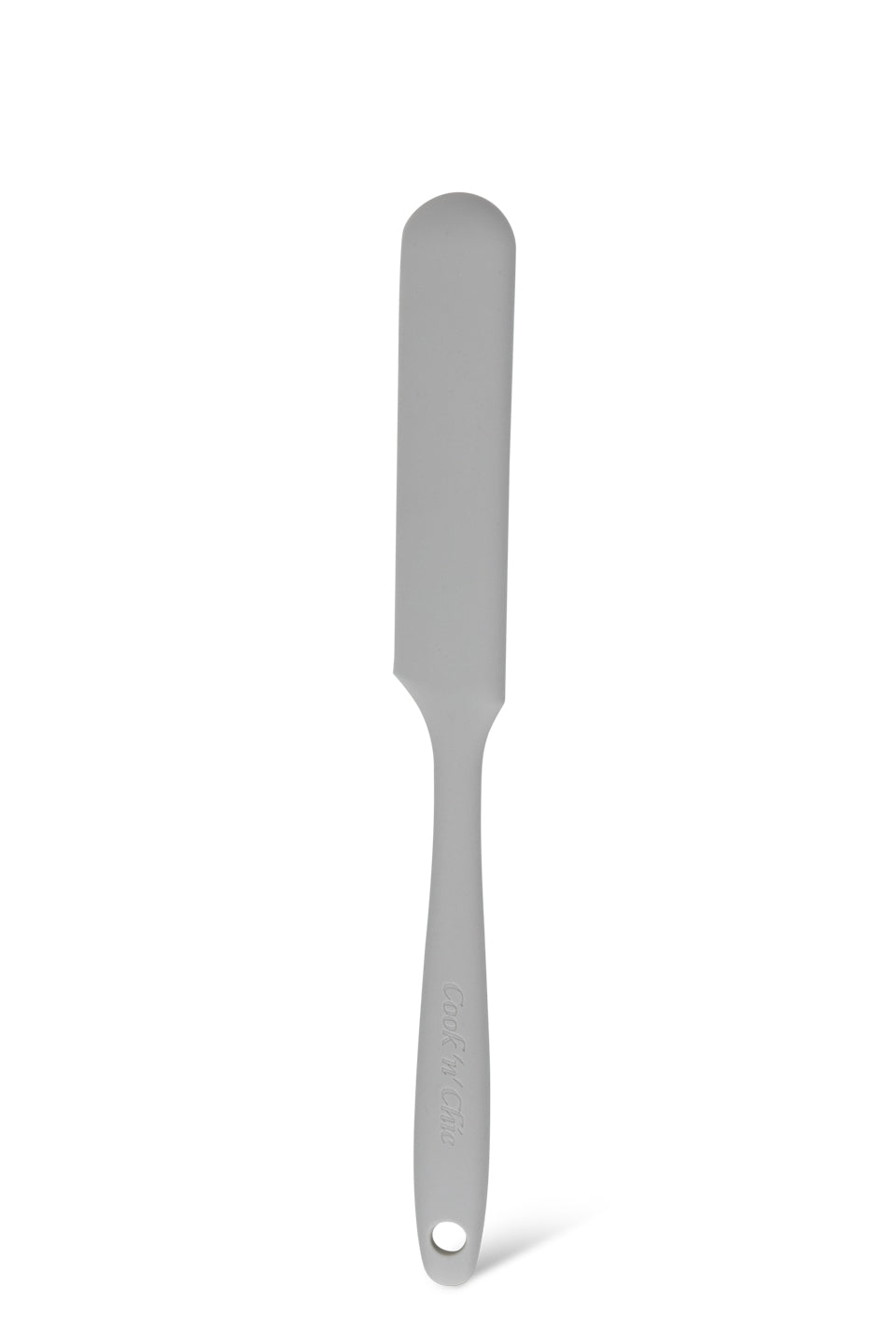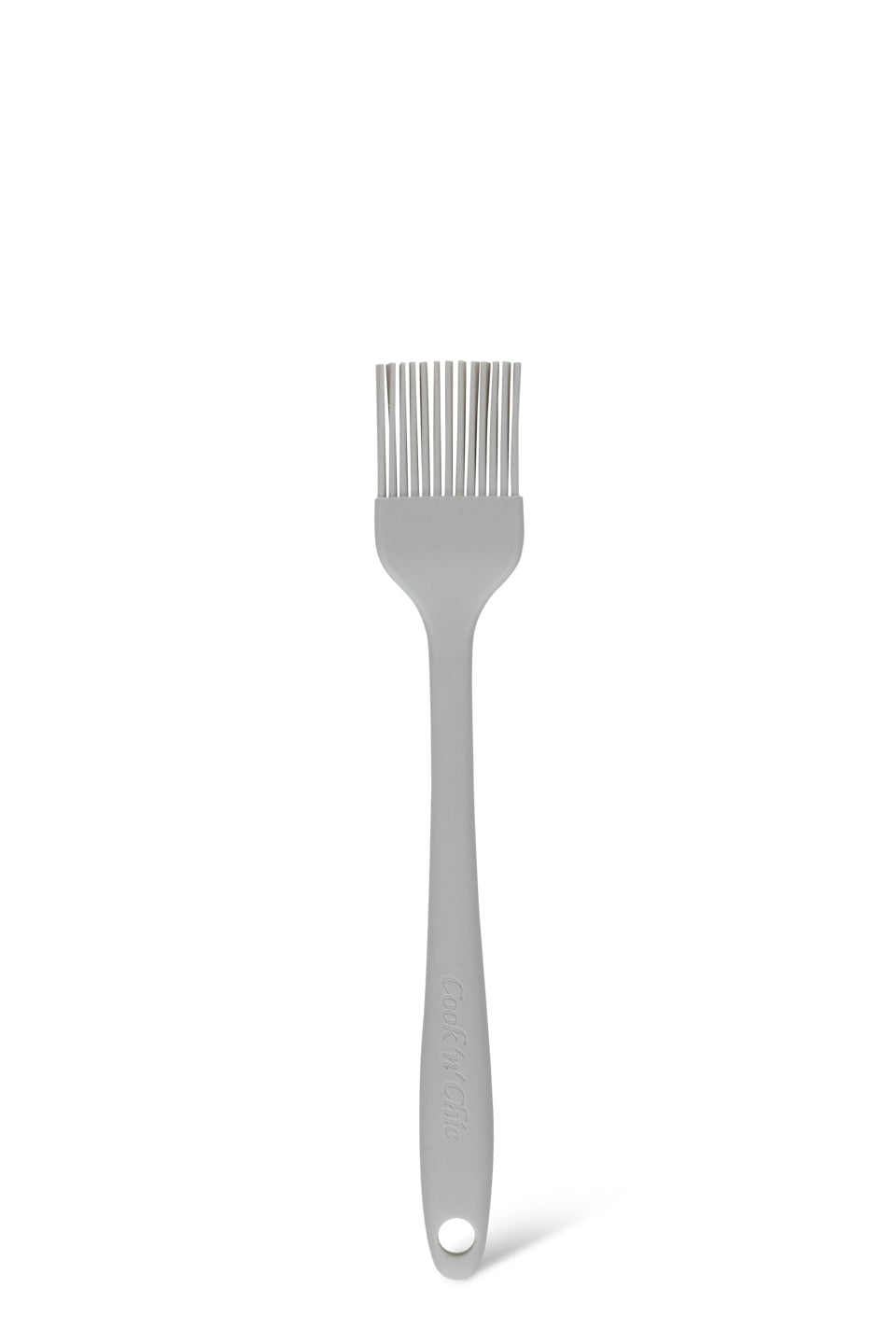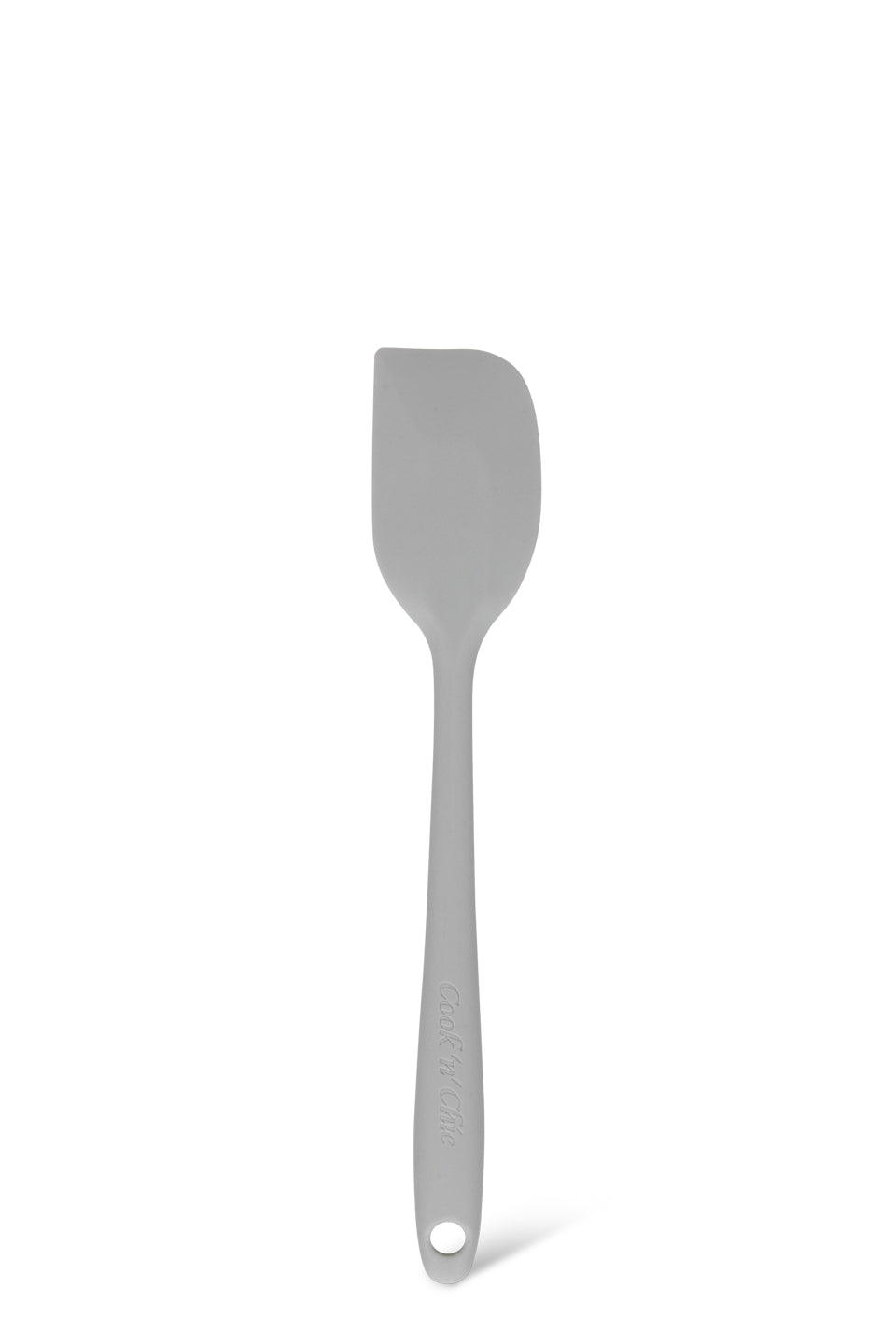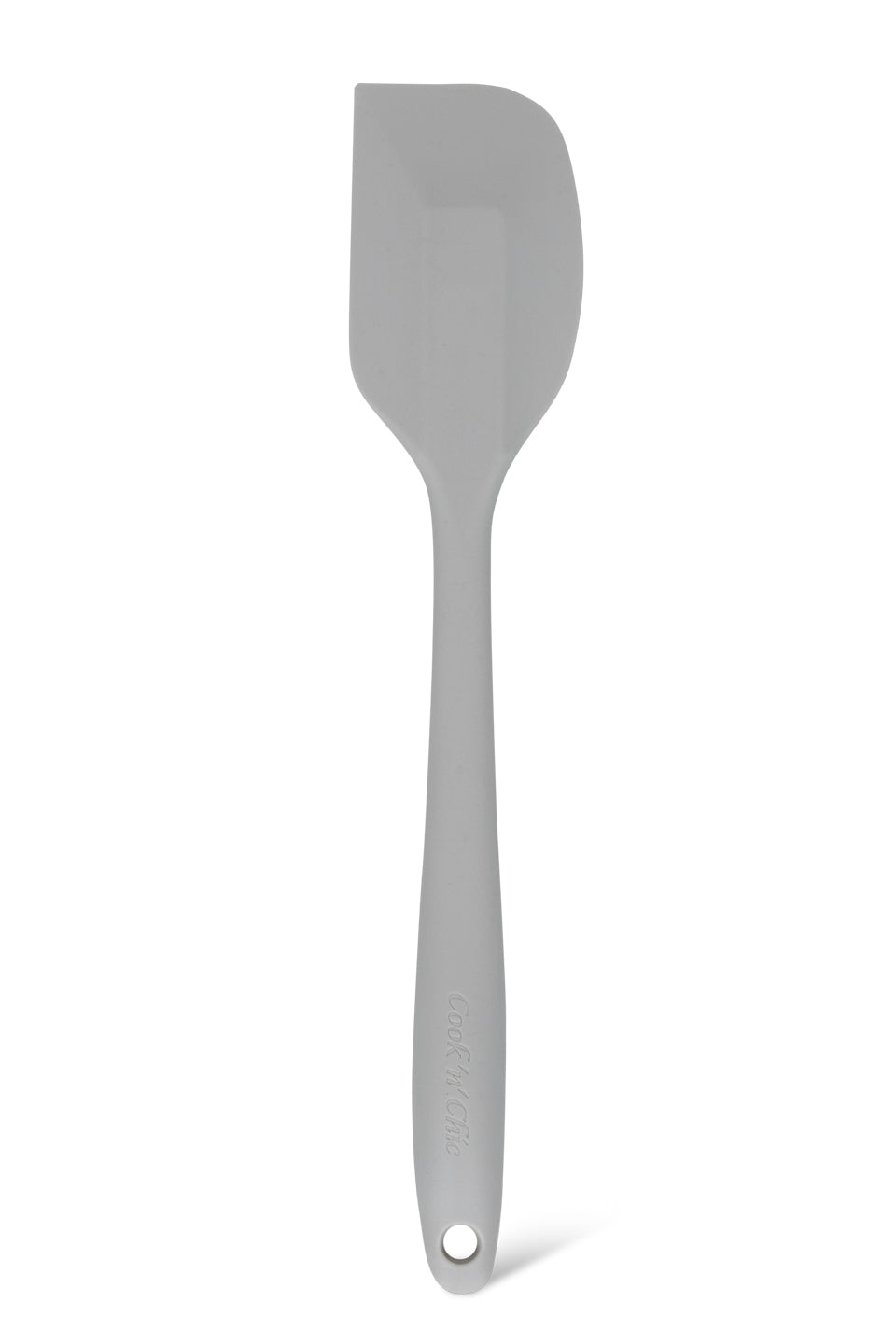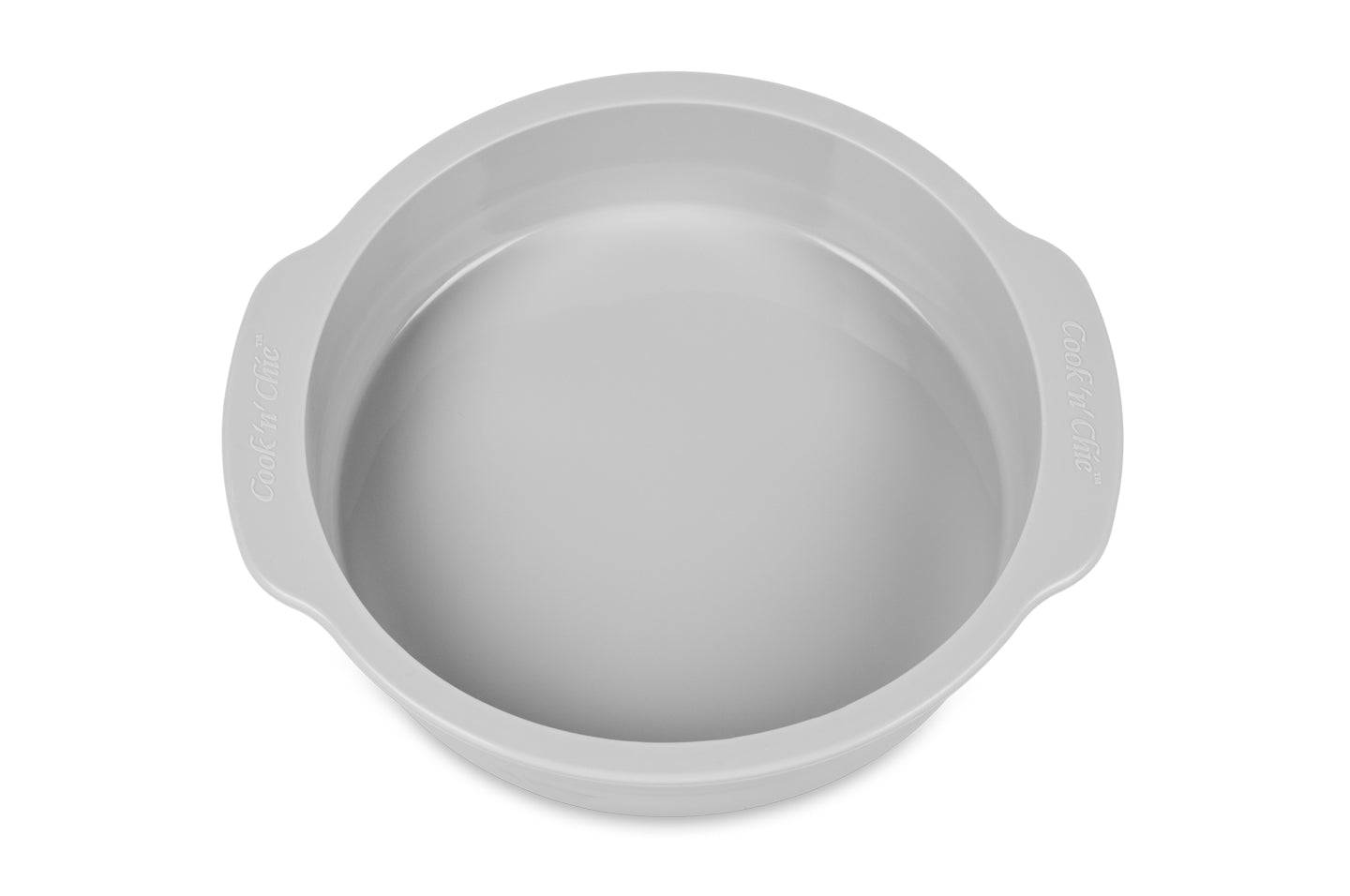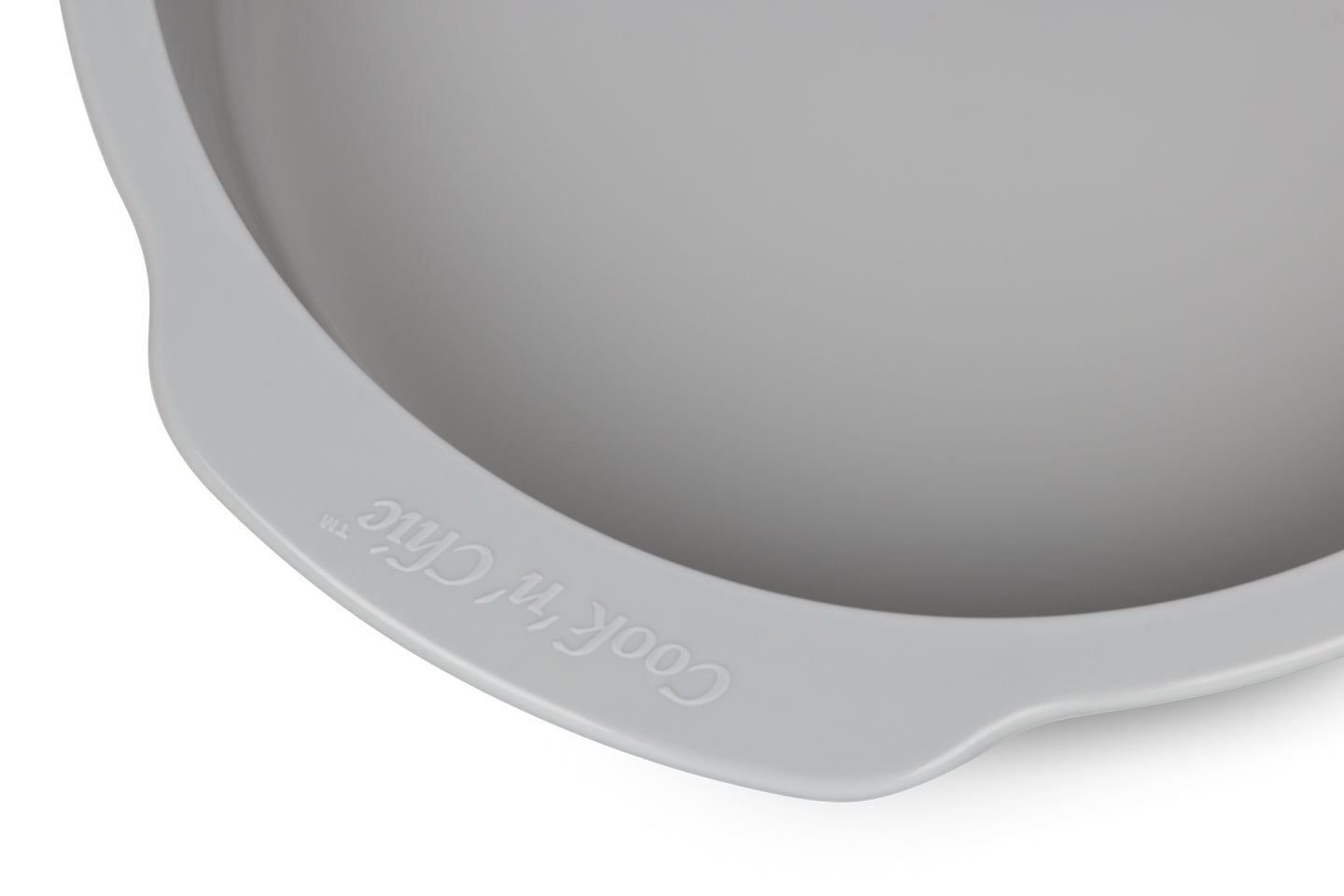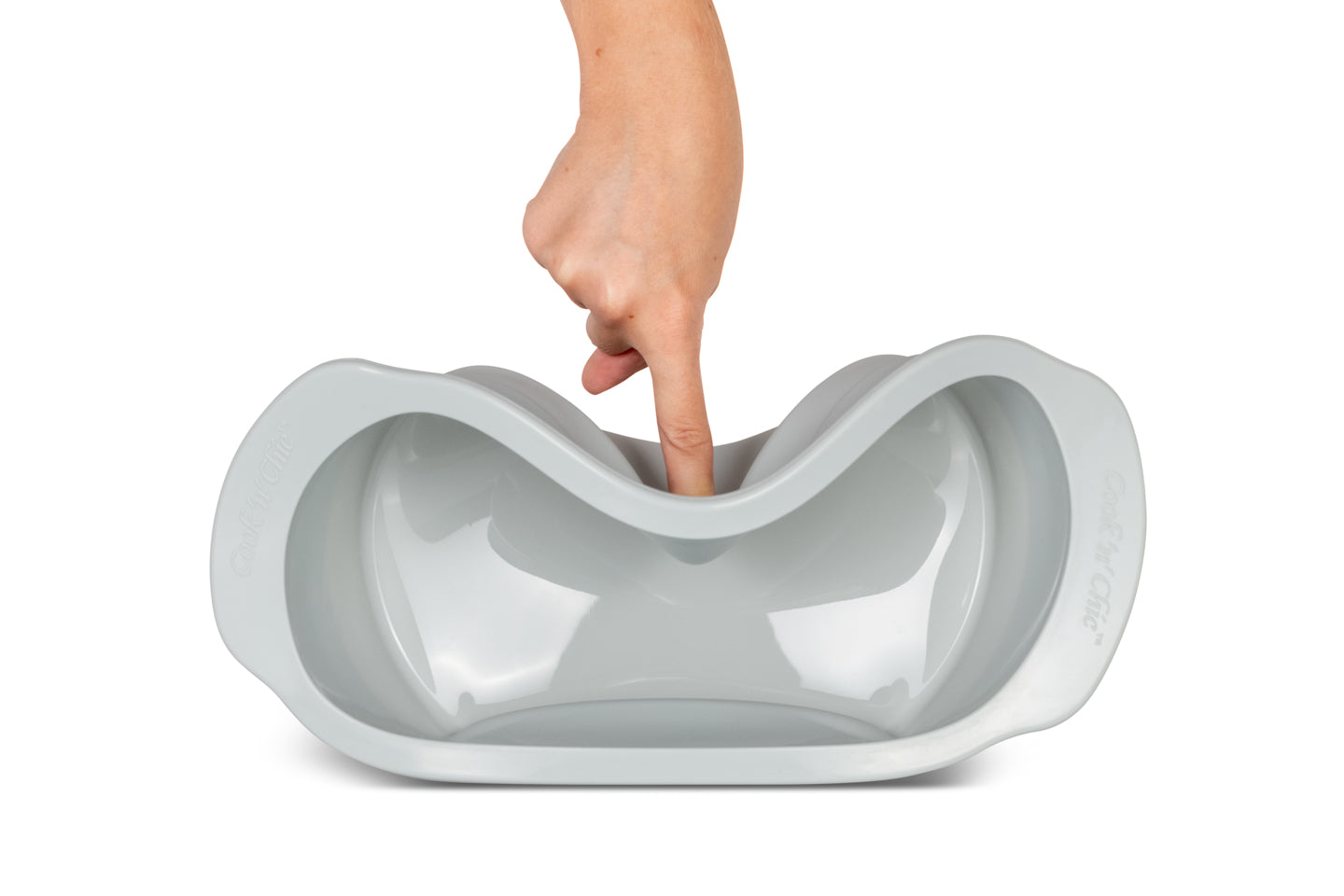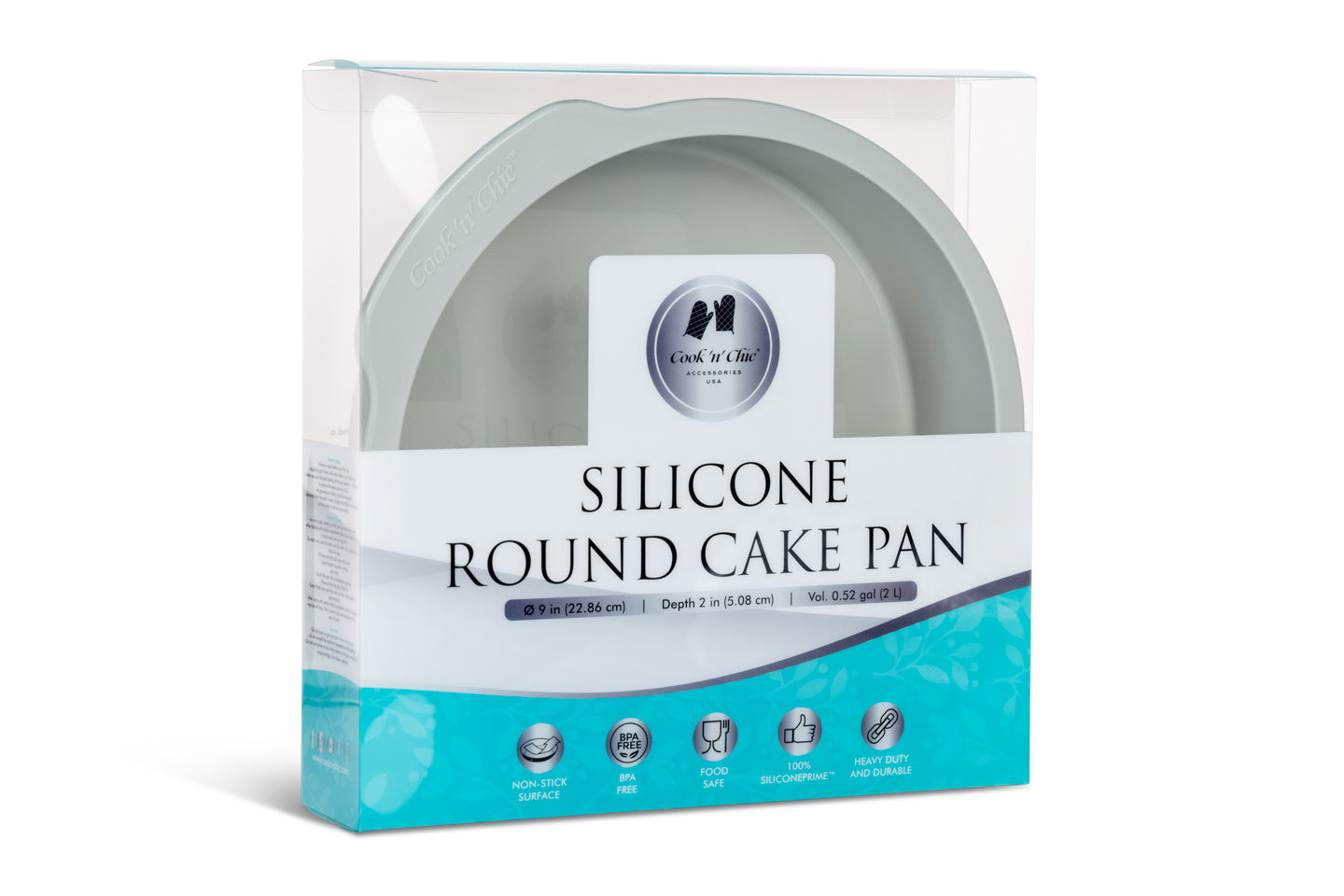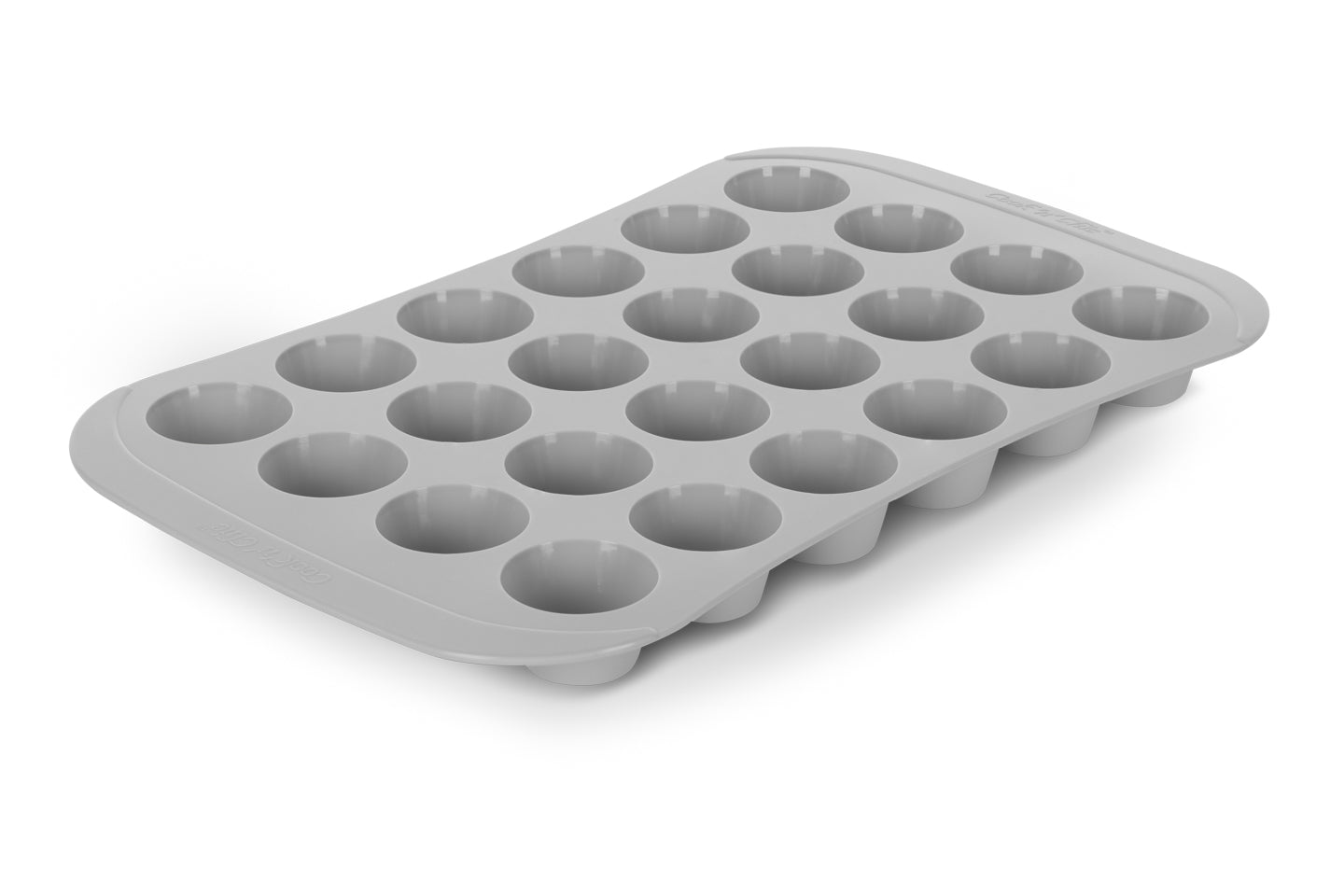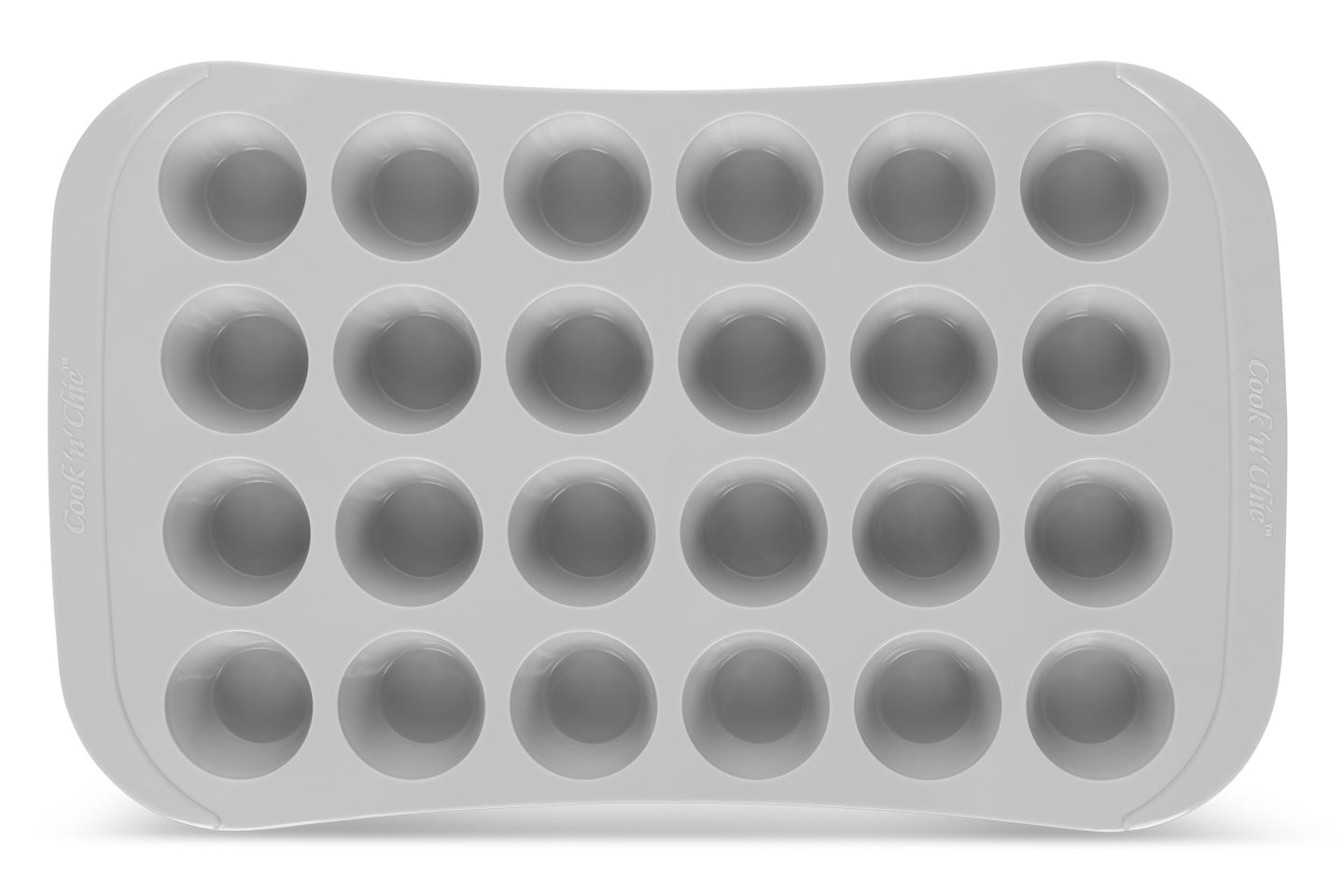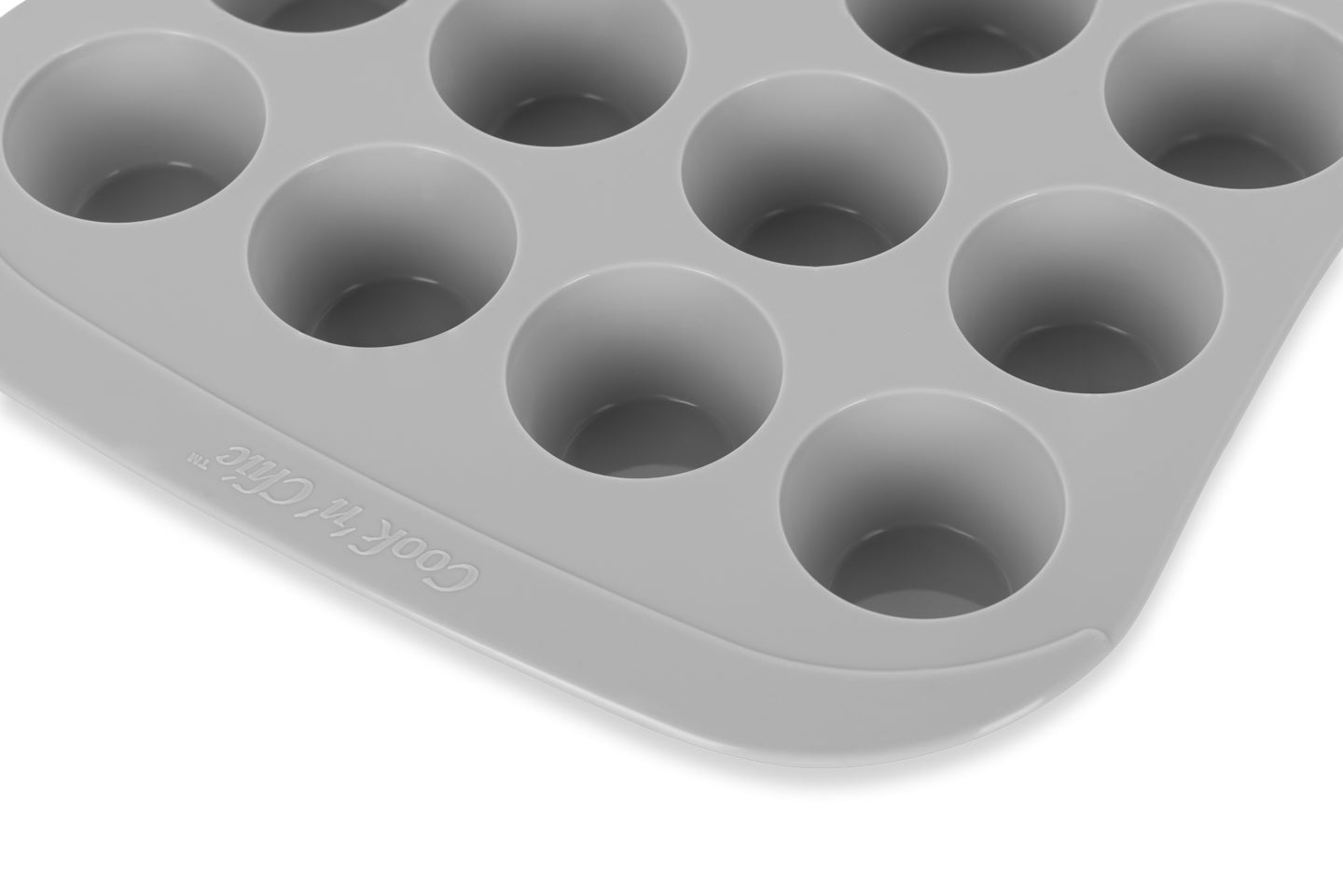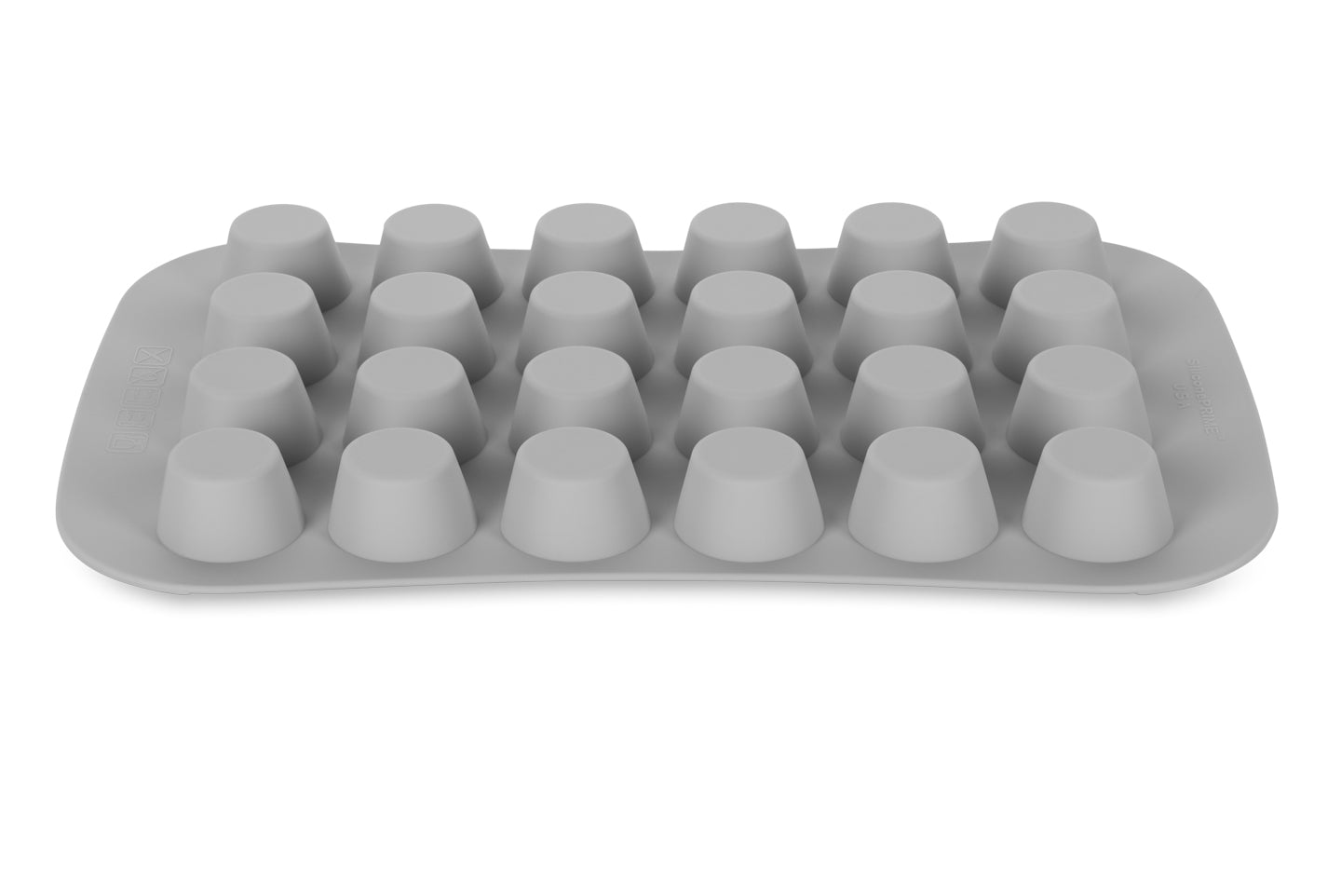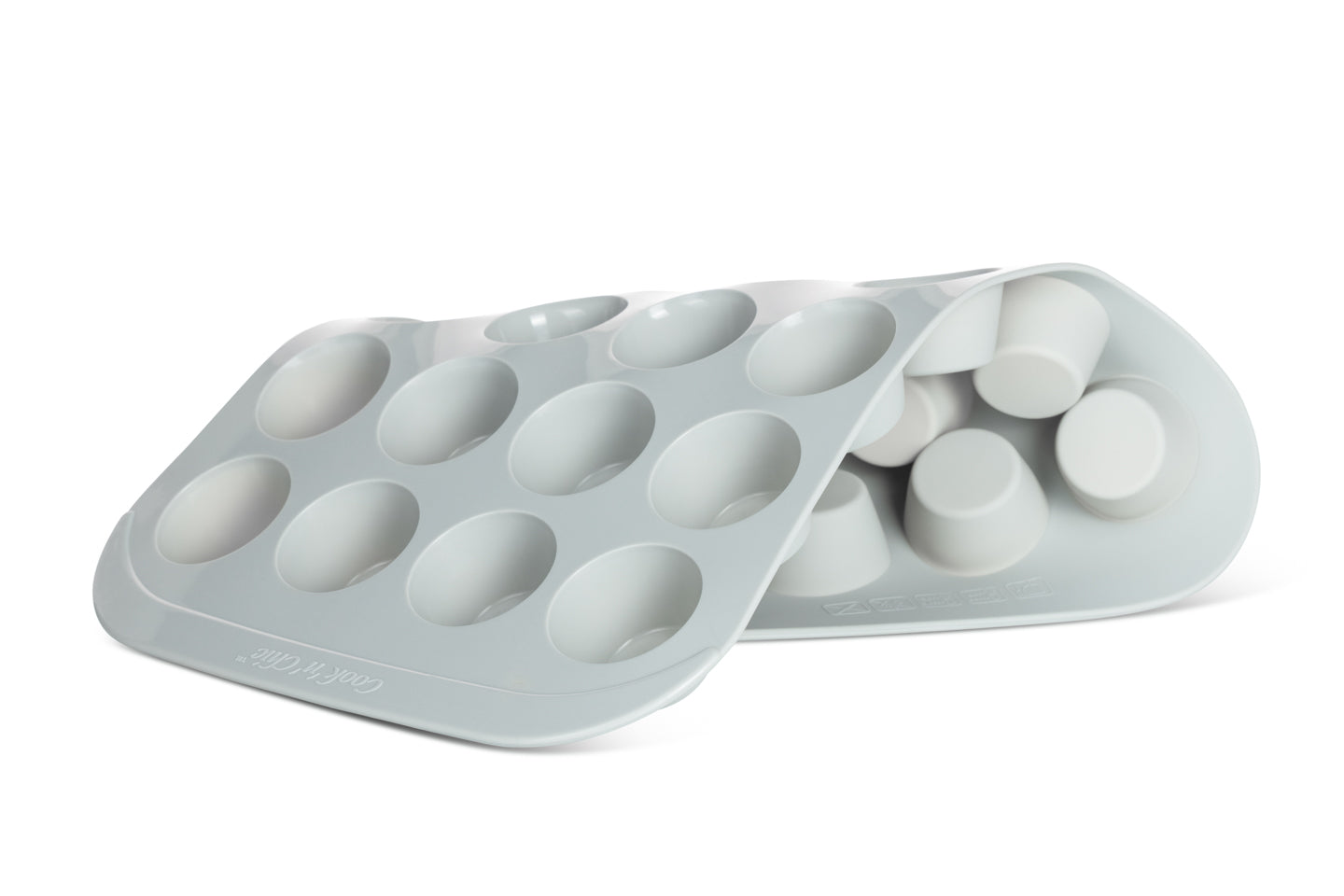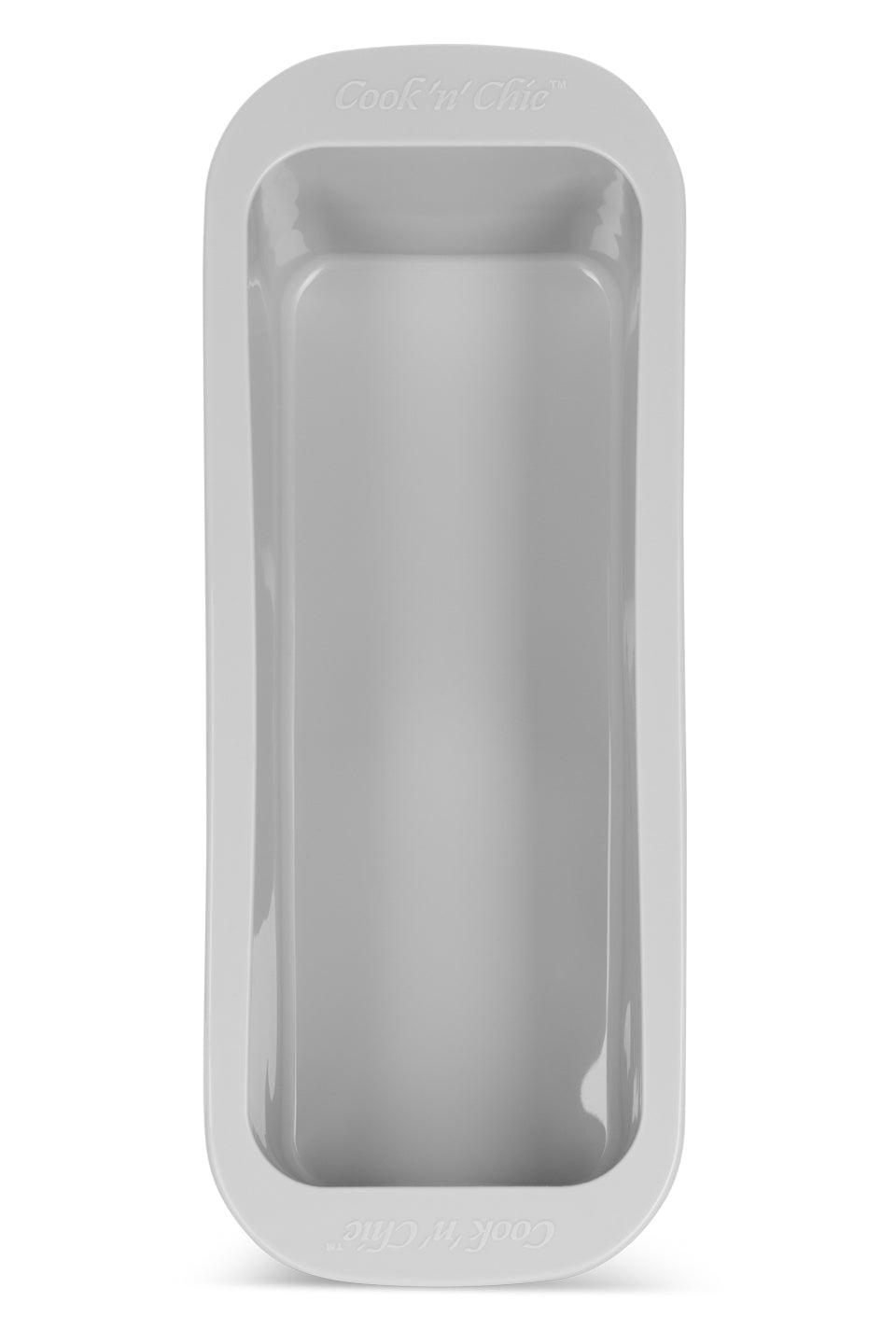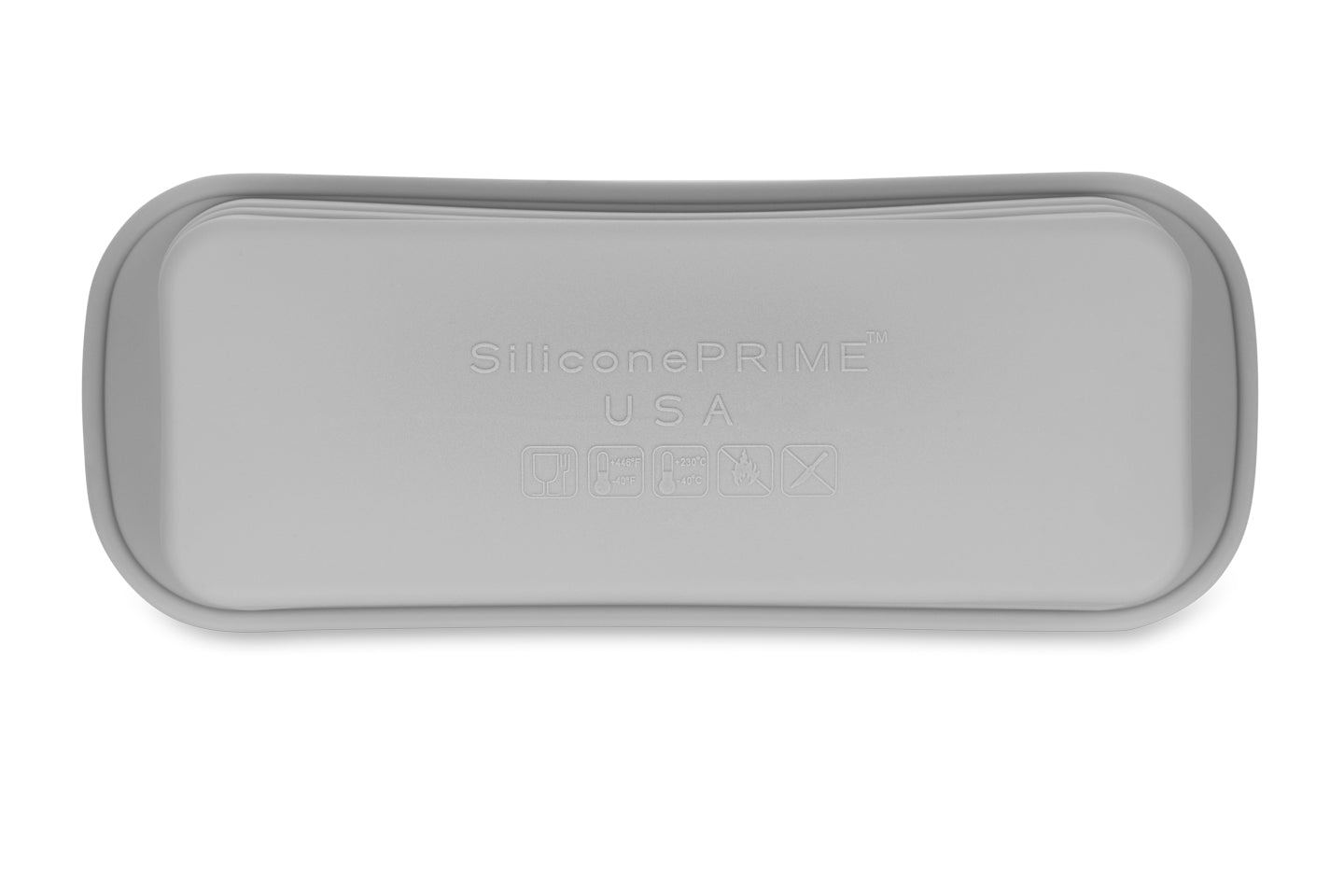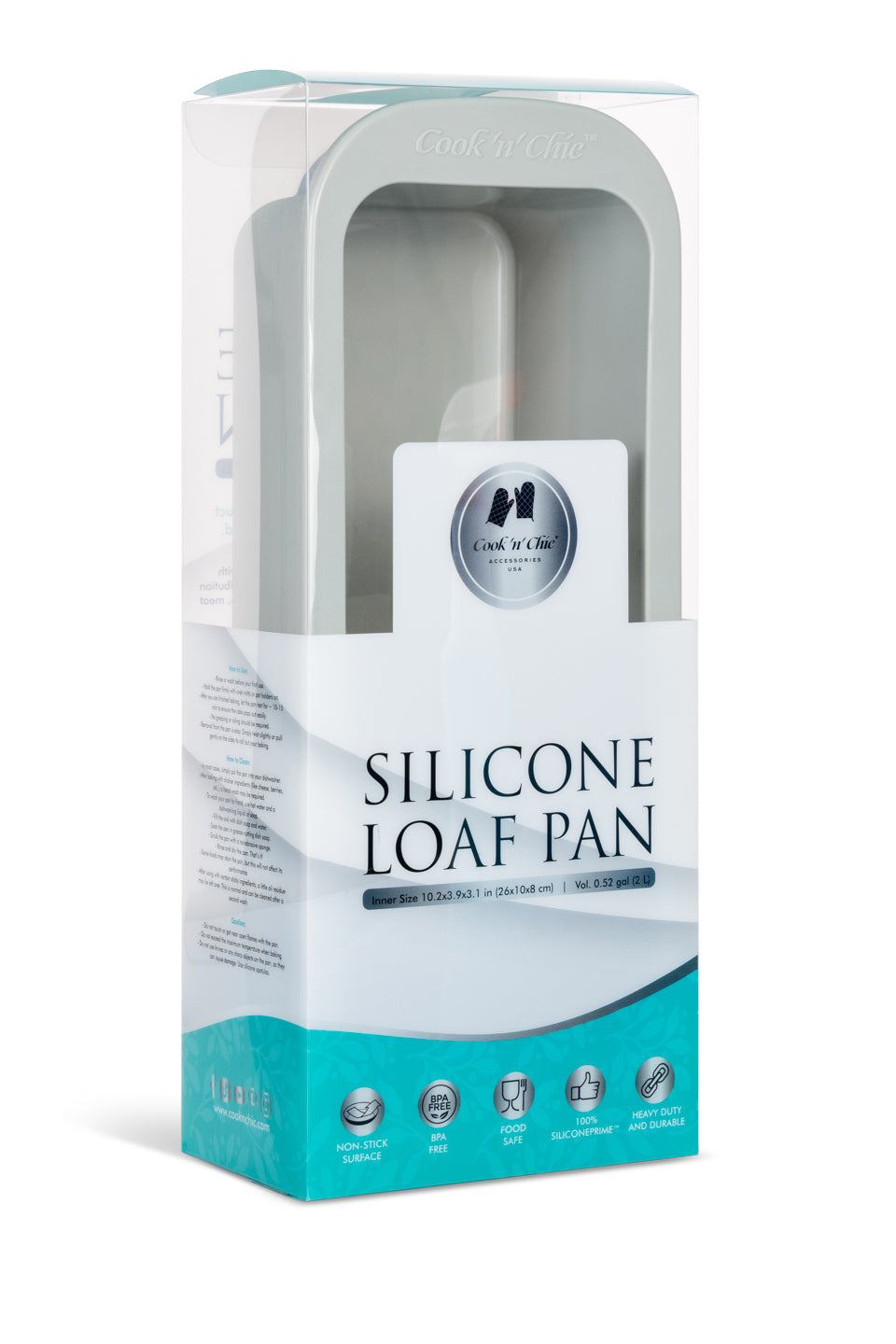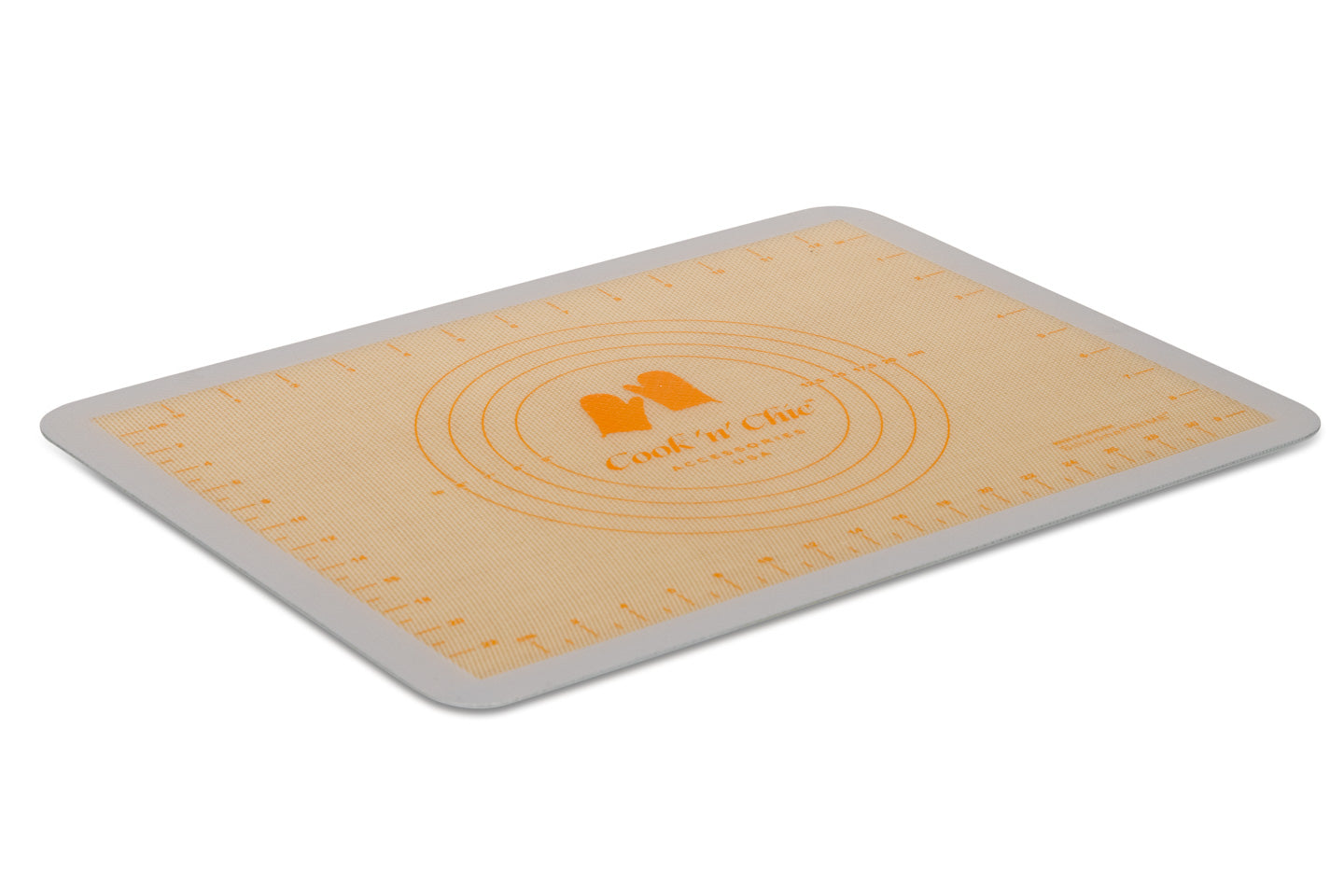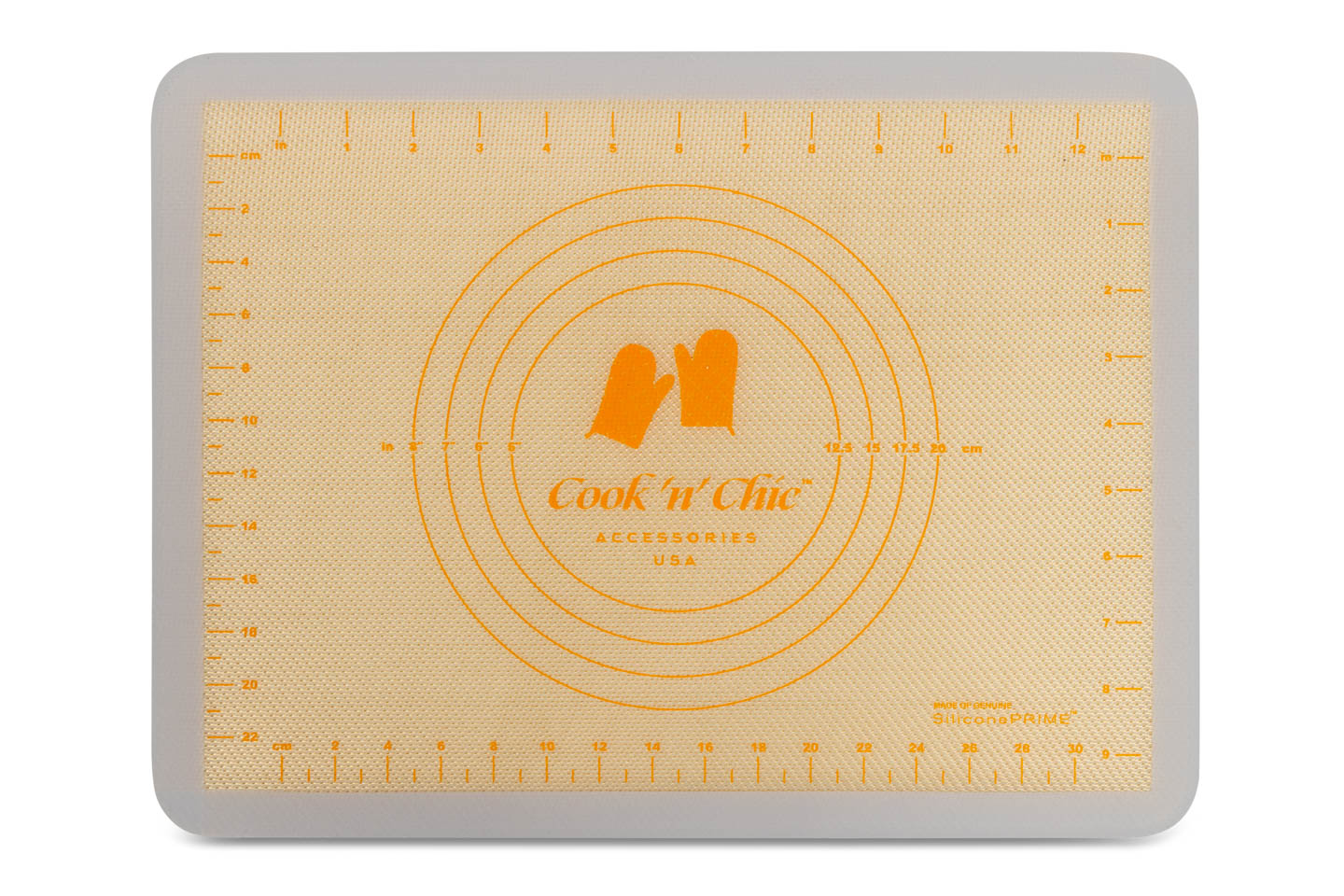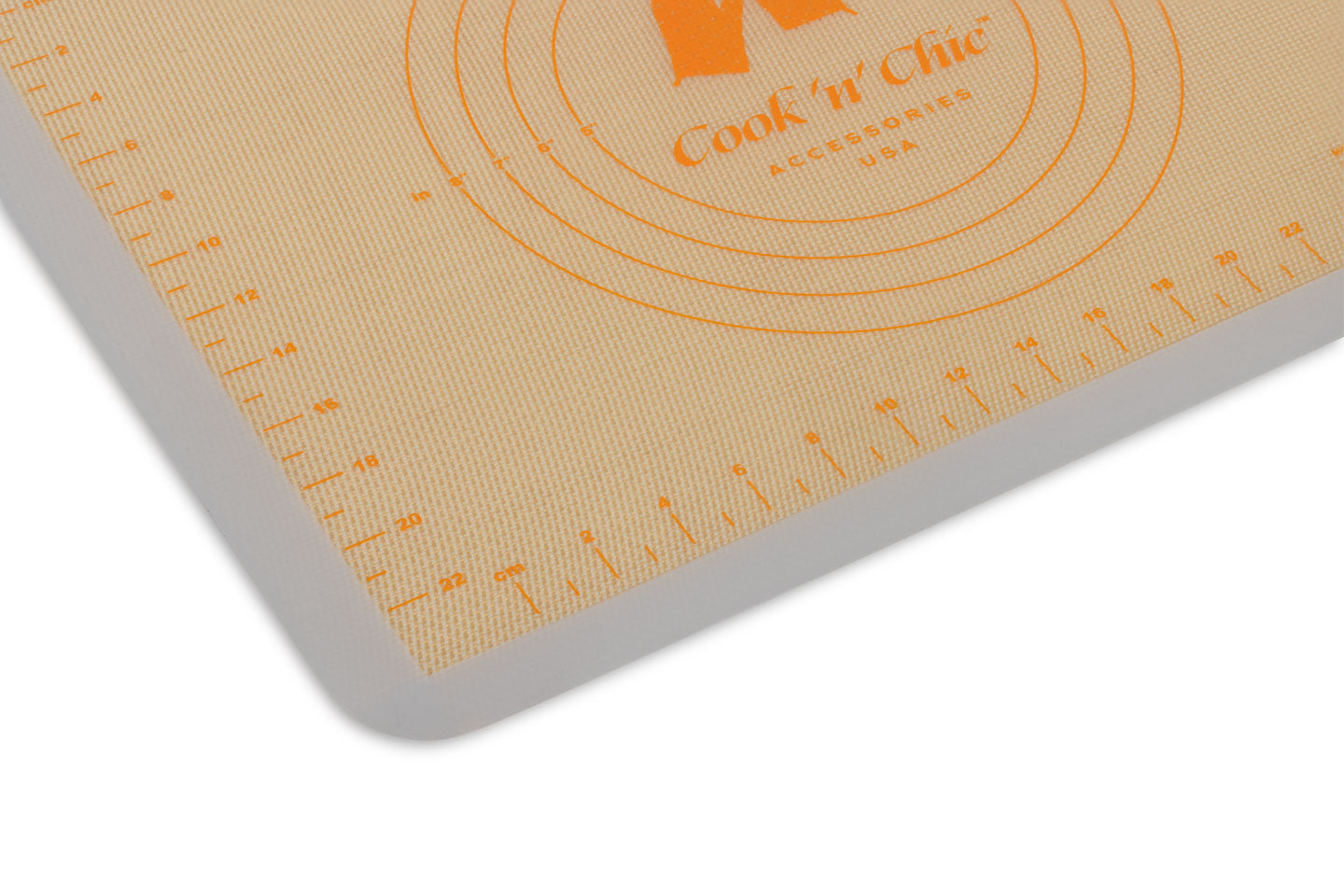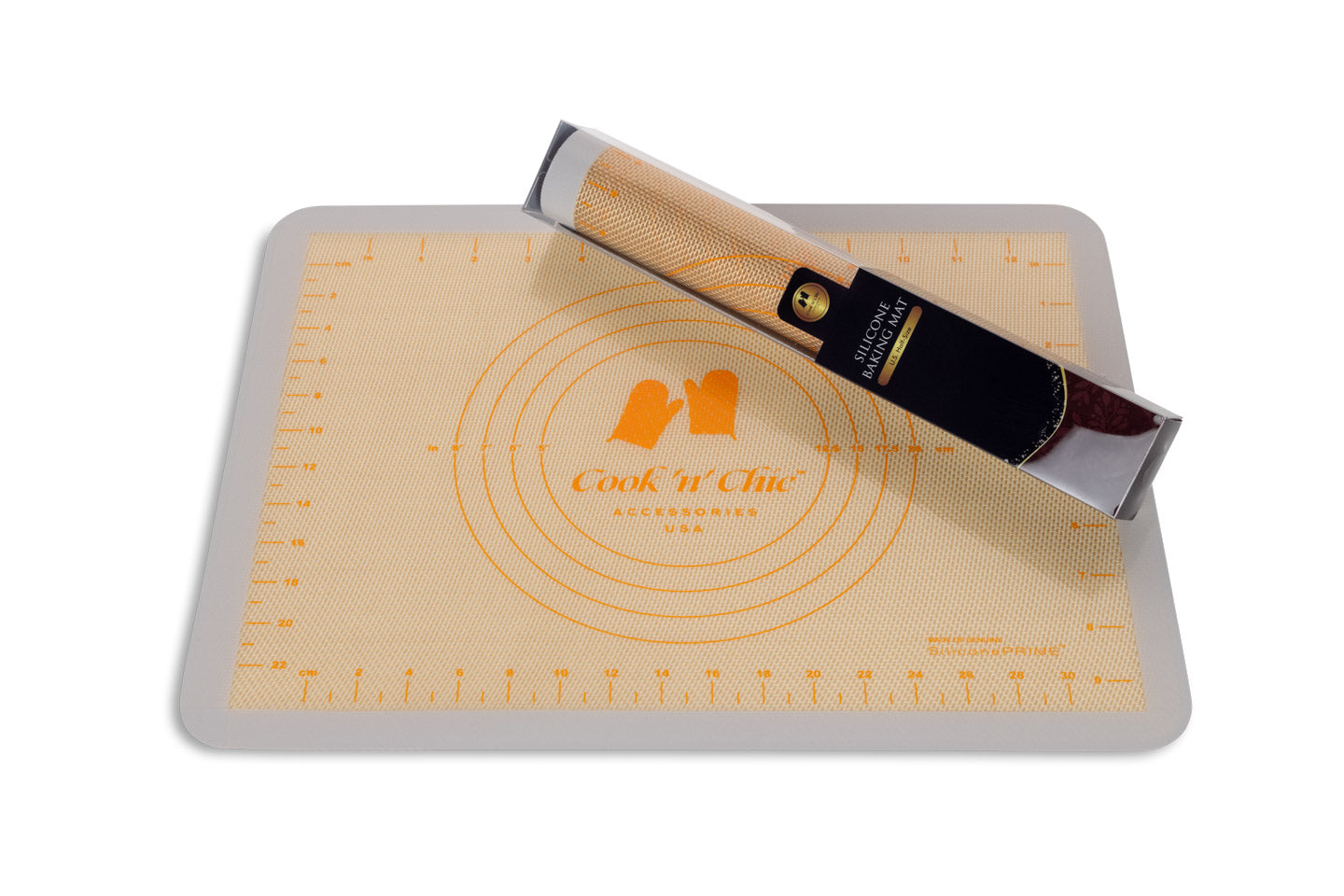Most people think that only metal or glass can go in the oven. But what about silicone? Can it withstand the high heat? Interestingly, silicone has a very high melting point, so it can handle temperatures up to 446 degrees Fahrenheit. That means it can definitely go in the oven! In fact, many silicone baking mats or pans are specifically designed for use in ovens.
So if you're looking for a versatile cooking surface that can handle high heat, silicone is a great option. Just be sure to check your oven's temperature limit before using such bakeware. And always use caution when handling hot silicone products.

Do you put silicone bakeware directly on the oven rack
Some people argue that heat can cause the material to melt and damage your food, while others claim that such concerns are overblown and that silicone products can be used without issue. Ultimately, the answer depends on several factors, including the quality of your bakeware and the temperature at which you cook.
It is usually preferable to place a baking sheet or another type of heat-resistant surface between your bakeware and the heat source. This will help to ensure even cooking and prevent any accidents. Furthermore, if you do experience any issues with your bakeware, it is a good idea to inspect it for signs of damage before using it again. Overall, by taking these precautions you can safely enjoy all the benefits of using silicone products without worrying about potential risks down the road.
Is silicone bakeware better than metal
Many people have strong opinions about silicone bakeware versus metal bakeware, but the truth is that there is no clear-cut winner. On one hand, silicone cookware offers some distinct advantages over metal, such as its flexibility and non-stick properties. This makes silicone easier to work with, allowing bakers to create everything from delicate pastries to chewy cookies without worrying about pieces breaking or sticking to the pan.
In contrast, metal tends to heat faster and more evenly than silicone, making it ideal for things like crispy pizza crusts or golden brown cakes. Ultimately, then, the choice between silicone and metal really depends on your individual needs and preferences as a baker. Whether you go for one or the other will depend on what types of dishes you typically make in your kitchen. So if you're someone who loves making homemade donuts on a Sunday morning or just can't get enough of gingerbread during the holidays, then choosing between silicone and metal really comes down to personal taste. At the end of the day, both options are sure to result in some mouthwatering results!
Does silicone bakeware take longer to bake
Some people worry that silicone takes longer to bake than other materials. While it is true that it has a lower heat conductivity than metal, this difference is relatively small. In most cases, such bakeware will only add a few minutes to the baking time. Moreover, the even distribution of heat ensures that food is cooked evenly, making it worth the extra few minutes in the oven. So if you're looking for an easy-to-use material that will produce consistent results, silicone is a great option.
What temperature to bake cake in silicone pan
When it comes to baking, temperature is key. If your oven is too hot, your cake will be dry and overcooked. Too low, and it will be gooey and underdone. So, what's the perfect temperature to bake a cake in a silicone pan? Do they bake faster? The answer may surprise you. While most recipes call for baking at 350 degrees Fahrenheit, the ideal temperature for a silicone pan is actually 300 degrees. This lower temperature ensures that your cake will be moist and fluffy, with a perfect crumb. So next time you're tempted to turn up the heat, remember that lower is better when you're baking in silicone.
Can you use silicone bakeware in a gas oven
While traditional metal pans are perfectly suitable for use in an electric or conventional oven, some people may be wondering whether silicone ones can be used in a gas oven. In general, the answer to this question is yes – silicone bakeware can definitely be used in a gas oven. Because of its flexibility, the material responds very well to changes in temperature and can easily withstand the high temperatures typically found in a gas oven. What's more, because the material is non-toxic and food-grade, there are no concerns about toxic chemicals being released during cooking.
What is the maximum temperature for silicone bakeware

And how hot can silicone bakeware get? The short answer is that the temperature range varies depending on the quality of the material and the design of the individual piece. Factors such as thickness, layer configuration, density, and additives can all influence a silicone muffin pan's maximum bake temperature. Generally speaking, however, the material can withstand temperatures of up to 446 degrees Fahrenheit.
Do you need to spray silicone pans
No, you do not need to spray them with any kind of coating in order to use them effectively. Silicone is naturally non-stick, so it does not require any special treatment to ensure that the food you place inside will release without issue. In addition, the flexible material makes it very pliable and easy to use. This means that you can easily fill the molds from all sides, minimizing air bubbles and other imperfections in your creations. Overall, there is no need to worry about spraying your bakeware with anything extra when using silicone for quick, easy, and effective results. So go ahead and start crafting those delicious treats!
Quiche recipe that you can try with a silicone pan
Quiche is a savory French dish that is typically made with eggs, milk, and cheese. It can also be made with vegetables, meat, or seafood. It is a versatile dish that can be served for breakfast, lunch, or dinner. The best quiches are made with high-quality ingredients and a flaky crust. This classic silicone round pan from Cook'n'Chic made of top-quality siliconePRIME™ is perfect for this recipe.
Ingredients:
- 6 tablespoons sour cream
- 1/2 cup finely diced onion
- 3 large eggs
- 1 cup milk
- 1/2 teaspoon salt
- 1/4 teaspoon freshly ground black pepper
- 1 cup grated Gruyere cheese
- 1 cup broccoli
- To start, you will need eggs to act as the base of your quiche. Along with eggs, add milk, sour cream to help give your quiche a rich and creamy texture.
- From there, add in the fillings: diced vegetables, cheese, and spices. Mix everything together.
- Transfer the mixture into a silicone mold.
- Bake your quiche in the oven at 350 degrees Fahrenheit for about 40 minutes or until the crust is lightly golden brown and the filling has set.
- Let it cool for a few minutes before slicing and serving it with a green salad for a light meal or with roasted potatoes for a heartier meal.
